The Prebiotic Secret: Everyday Foods That Act as Fuel for a Healthier Gut
The beauty of prebiotics? They're not fancy powders or hard-to-find supplements. They're everyday foods—many already in your pantry or just an aisle away at your favorite grocery store. Each bite of prebiotic-rich food provides your gut microbes with the fuel they need, helping to create the right balance for digestion, immune support, and even healthy aging. And it doesn’t have to be complicated: Simply adding a new plant food to your meals can spark positive changes. Whether you're already thinking about your gut health or are just curious, this expanded guide will help you discover the nourishing, US-accessible foods packed with proven prebiotic power. Each section highlights why the food matters, the research behind it, and simple, friendly tips for enjoying it every day. Let’s make supporting your gut an inviting, practical part of real life—one delicious meal at a time.
1. Garlic: The Gut-Friendly Flavor Booster
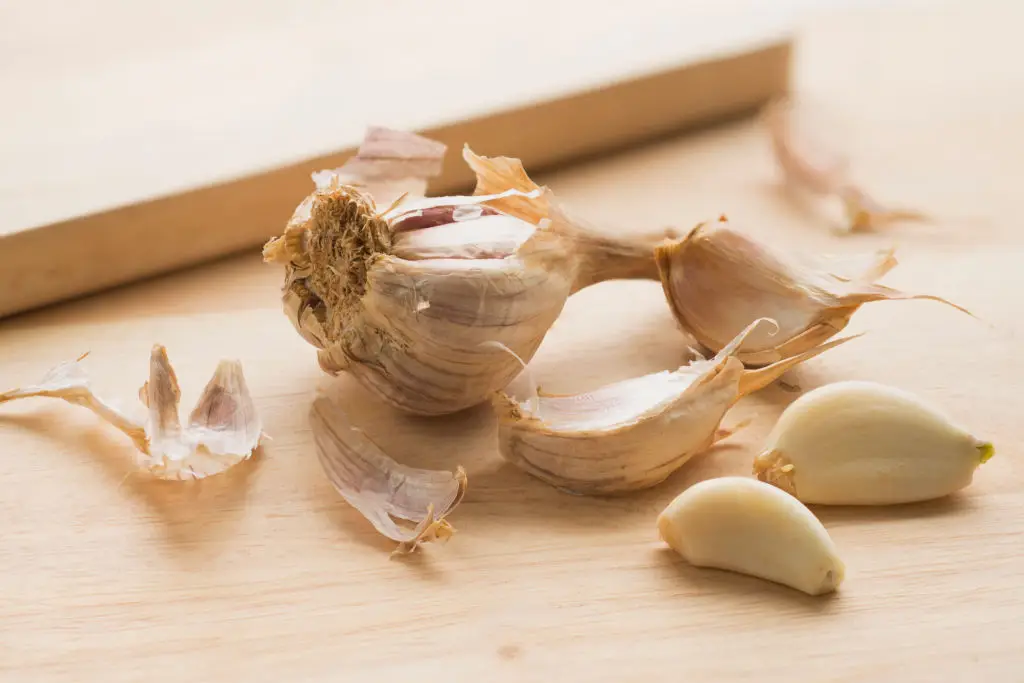
Garlic is a kitchen staple known for its bold aroma, but its real magic happens deep in your digestive system. This humble bulb is packed with inulin, a prebiotic fiber that acts as a favorite snack for your friendly gut bacteria. According to the nutritional scientists at ZOE and other research-backed platforms, adding garlic to your meals encourages the growth of "good" bacteria like Bifidobacteria, which help keep your digestive system balanced and resilient. One of garlic’s strengths is its versatility. Whether chopped raw into salsa, roasted whole for salads, or minced into everyday dishes, it’s a simple way to boost your meals. If eating garlic raw feels too bold, cooking mellows both its flavor and its effect on digestion—so you get the benefits without the bite. Some folks find garlic a bit strong or are sensitive to its intensity. If that’s you, start with small amounts and let your tastebuds adjust over time. Dr. Will Bulsiewicz, a leading gastroenterologist, highlights the broader benefit: “Eating a wider variety of plant foods” is one of the best ways to foster gut health. Garlic fits right into that picture. So, the next time you reach for flavor, know that you’re doing something kind for your gut, too.
2. Onions: Everyday Prebiotic Powerhouse
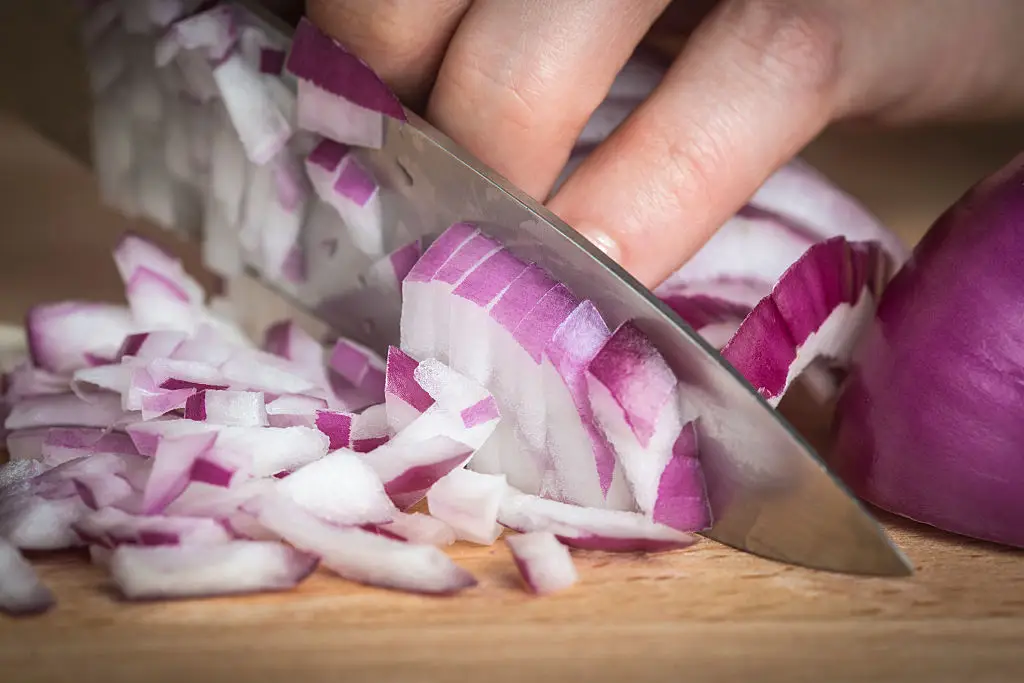
Onions might be best known for adding zest to meals, but they're working quietly behind the scenes to nourish your microbiome. Both white and red onions contain inulin and fructooligosaccharides—special prebiotic fibers that act as steady fuel for beneficial gut bacteria. Experts from ZOE and EverydayHealth agree: onions support a more diverse population of gut microbes, which is linked to better digestion, immune function, and even mood. You don’t need to eat onions raw to get the benefits. Sautéed, caramelized, or sprinkled into salads, every form offers gut-nourishing power. If you’re sensitive to their sharp taste or find raw onions tough to digest, opt for cooked versions, which are usually gentler on your stomach. Including onions in your diet is an easy, affordable step toward more plant variety—the cornerstone of maintaining a flourishing gut ecosystem. Remember—balance, not perfection, is key. Adding onions to your meals lets you celebrate flavor while quietly supporting the complex community of bacteria that keeps your body feeling its best.
3. Asparagus: Spring’s Secret Gut Supporter
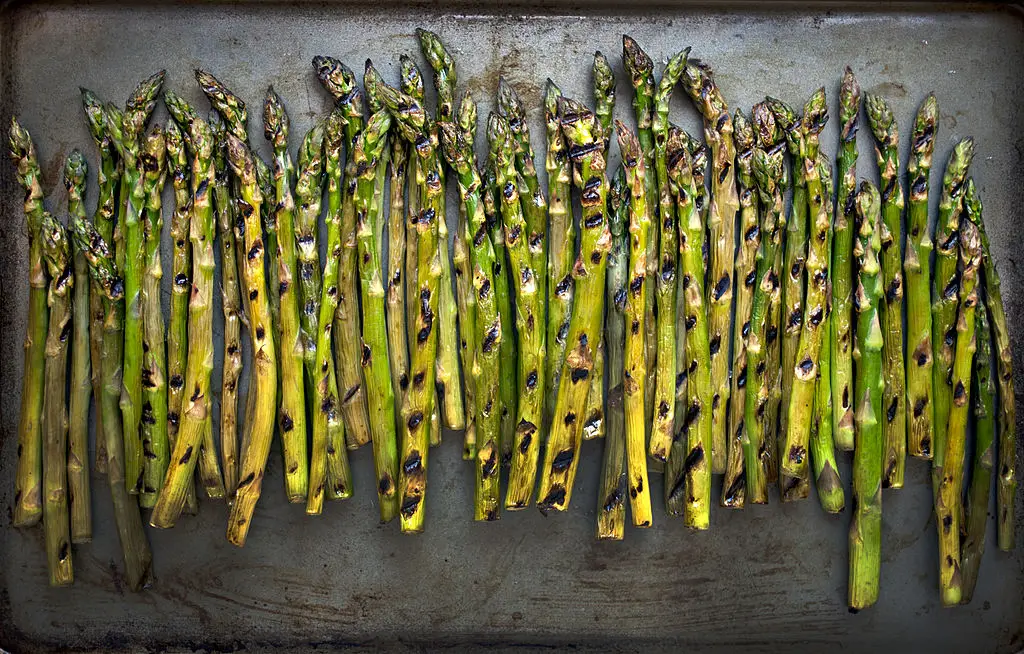
Asparagus may feel like a special treat in spring, but its benefits can support your gut all year long. This slender green stalk is full of prebiotic fibers, particularly inulin, which nourishes friendly bacteria within your digestive tract. Leading nutritional research platforms like ZOE highlight asparagus as a standout for building a more balanced gut. Roasting, steaming, or slicing asparagus into salads are all easy ways to enjoy its mild flavor and crunchy bite. Don’t worry about being perfect—just a few spears here and there can make a big difference over time. For those looking to diversify plant intake or boost fiber, asparagus is an easy win. If you’re exploring new veggies or want something that feels fresh and satisfying, asparagus offers both flavor and proven gut support. With each delicious bite, you’ll be quietly fueling a flourishing microbiome, one that supports everything from digestion to overall vibrance.
4. Jerusalem Artichokes: Inulin-Rich Root for Your Microbiome
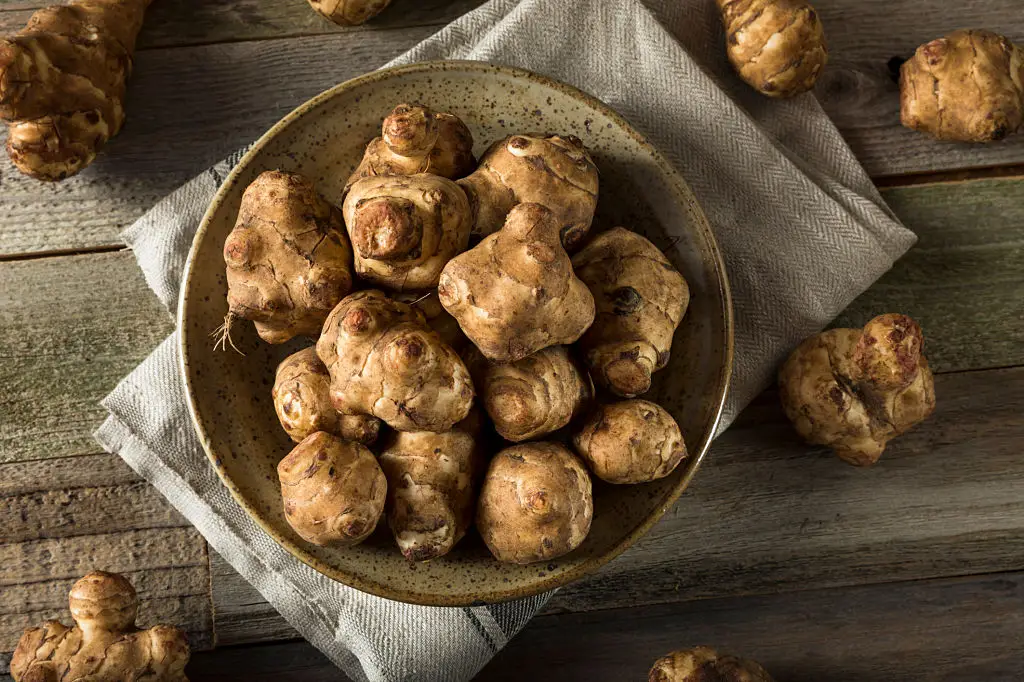
Jerusalem artichokes, also called sunchokes, are an underappreciated root vegetable with some serious gut-supporting credentials. These knobby tubers are among the richest natural sources of inulin, giving your beneficial gut bacteria long-lasting nourishment. Medical authorities and nutrition experts, including those cited by ZOE, consistently recommend Jerusalem artichokes for diversifying your gut microbiome. You don’t have to be a gourmet chef to enjoy sunchokes. They’re delicious roasted, blended into creamy soups, or sliced thin for salads. If you’ve never tried them before, start small—like all fiber-rich foods, your gut may need a little time to adjust. Some find their flavor reminiscent of artichoke hearts, with a nutty sweetness that stands out from more familiar veggies. By welcoming this earthy root into your routine, you’ll not only surprise your tastebuds but also give your gut bugs a real treat. Supporting your digestive system can be as simple as bringing something new to the dinner table, one nourishing choice at a time.
5. Oats: The Comforting, Gut-Nourishing Grain
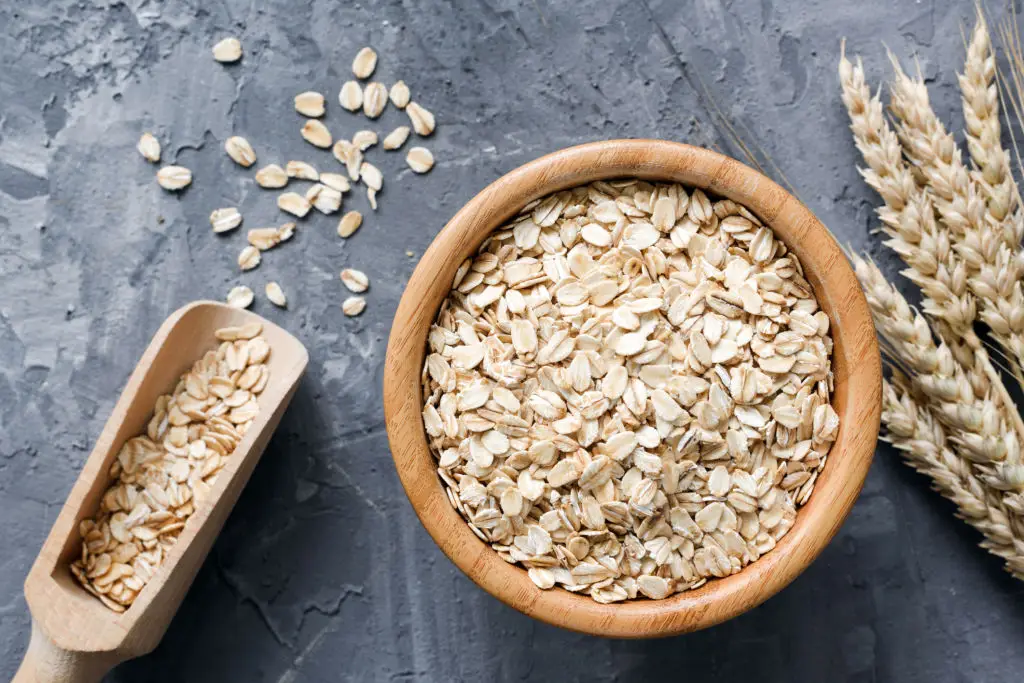
Oats have long been celebrated for their heart benefits, but they also play a key role in keeping your gut healthy. Thanks to their rich content of beta-glucan and other fibers, oats serve as prime fuel for the beneficial bacteria that power your digestive system. Nutrition authorities cite oats as an accessible, everyday source of prebiotic nourishment. Start your day with a bowl of oatmeal, create overnight oats for mornings on the go, or mix oats into muffins and bakes. No need to overhaul your routine—just mixing in oats where you can is enough to start shifting your gut health. Whole rolled oats tend to offer the most benefit, but even quick oats can contribute to your microbiome’s diversity. Remember: building gut health doesn’t depend on doing everything perfectly. Each spoonful of oats you enjoy provides a gentle nudge toward better digestion, more stable energy, and overall wellness, meal after meal.
6. Apples: Everyday Fruit with a Prebiotic Edge
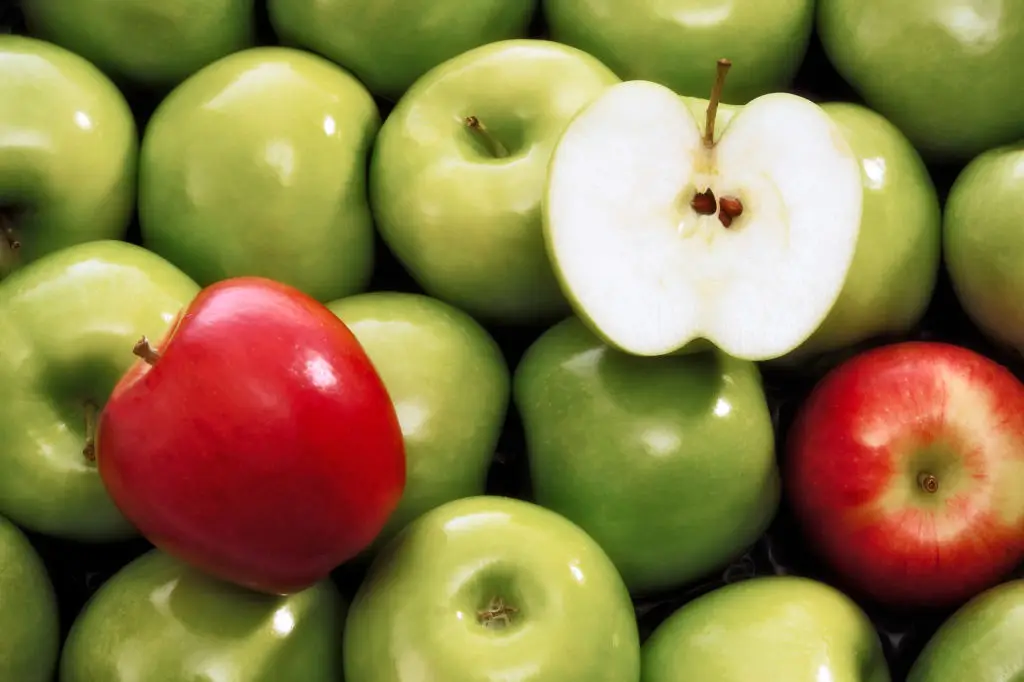
Apples have always symbolized wholesome nutrition, but their secret lies just beneath the skin. These crisp, juicy fruits are rich in pectin and polyphenols—compounds that provide food for the beneficial bacteria living in your gut. Research compiled by ZOE and EverydayHealth shows that adding apples to your diet helps boost gut diversity and supports digestion. You can snack on apples as-is, add slices to salads, or cook them into sauces and snacks. It’s best to eat the peel where possible, as that’s where much of the prebiotic fiber is found. With so many varieties and year-round availability, apples are an easy way to keep your gut happy—even when life gets busy. If you’re looking to gently improve your eating habits, simply adding a daily apple is a tangible, tasty way to do it. Your gut, and the rest of you, will thank you for every crisp bite.
7. Chicory Root: The Unsung Coffee Alternative
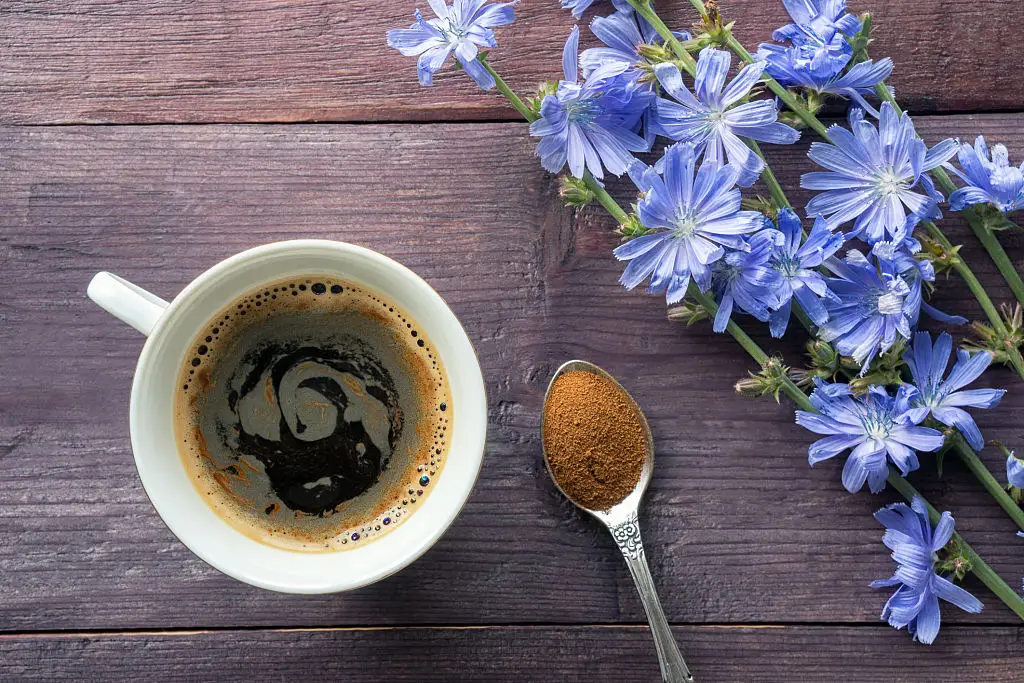
Chicory root may not be the most familiar name in your pantry, but it’s a powerhouse when it comes to prebiotic fiber. Boasting some of the highest inulin content of any food, chicory root offers robust support for the beneficial inhabitants of your gut. Trusted by registered dietitians and nutrition platforms like ZOE, chicory root is often blended into coffee alternatives or herbal teas to deliver both flavor and digestive benefits. If you’re new to chicory, try mixing a little into your morning brew or steeping it as an herbal tea. Some even use it in baked goods or as a low-key side dish. Because it’s both hearty and mild, chicory makes it easier to introduce more plant diversity to your diet—an important aspect for maintaining a balanced microbiome. Gentle steps, like sampling a chicory latte or adding a scoop to warm drinks, are all it takes to begin reaping its gut-loving rewards.
8. Lentils: The Versatile Plant Protein That Loves Your Gut
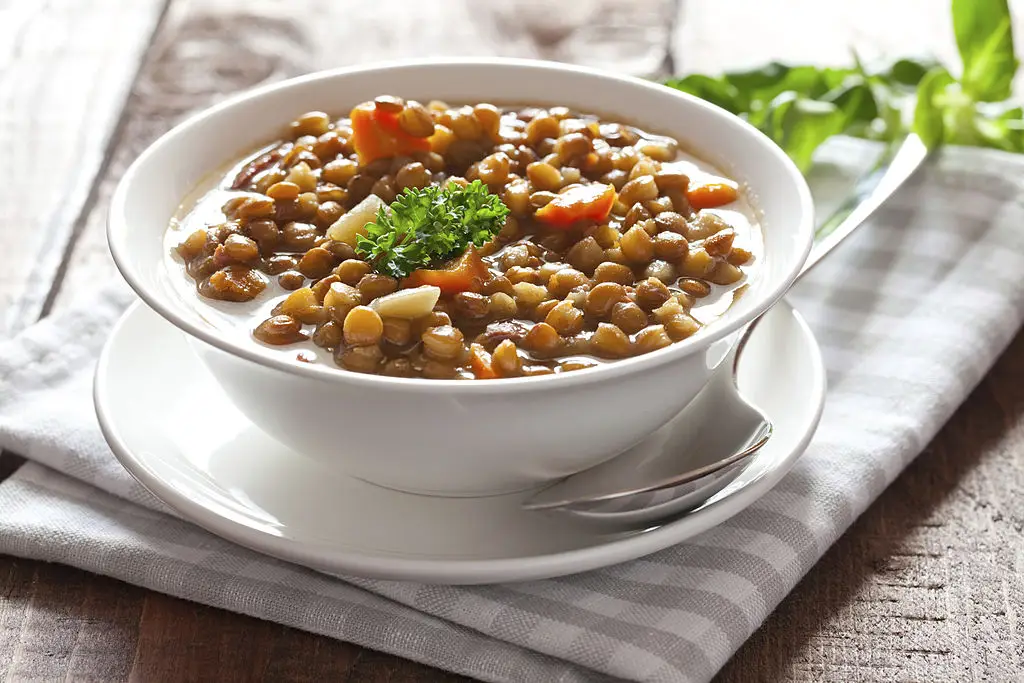
Lentils are nutrition dynamos, praised for both their plant-based protein and—often overlooked—their prebiotic fibers. Rich in galactooligosaccharides, lentils provide food for healthy bacteria in your colon and help maintain a stable microbiome. ZOE’s research and expert dietitians point to lentils as especially helpful for staying regular and supporting overall gut health. Meal options abound: simmer up a comforting lentil stew, toss cooled lentils into salads, or use them as a hearty base for grain bowls. If you’re new to lentils or have a sensitive gut, introduce them gradually and be sure to cook them thoroughly for easier digestion. It’s not about a perfect diet but about inviting variety and plant-forward meals into your life. Lentils make that simple, affordable, and deeply satisfying—inside and out.
9. Chickpeas: The Crowd-Pleasing Gut Booster
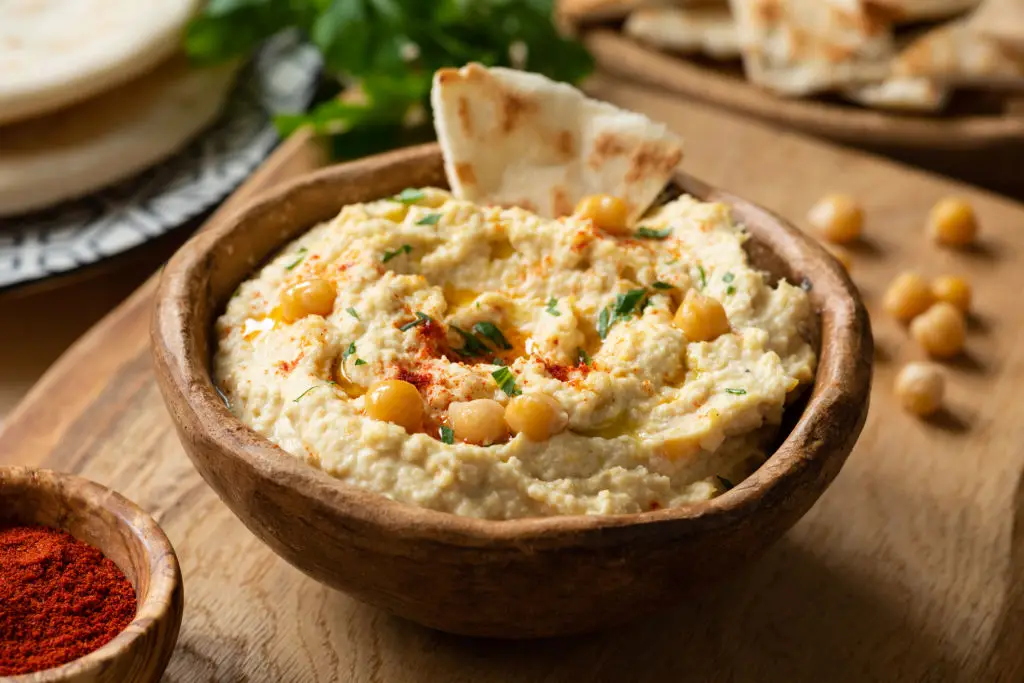
Chickpeas are more than just the star of your favorite hummus—they’re a fantastic friend to your gut. Loaded with prebiotic fiber, specifically galactooligosaccharides, chickpeas have been shown to nurture "good" bacteria and help keep your digestive system vibrant. Major health sources, including ZOE, recommend chickpeas as part of a gut-supportive eating plan. Enjoy them in hearty stews, sprinkled over salads, or baked into crunchy snacks. For even more variety, try your own homemade hummus or roasted chickpeas for easy, flavorful snacking. If beans tend to cause bloating, start with smaller servings to give your gut time to adjust—or use canned, well-rinsed chickpeas for milder digestion. Chickpeas are an easy, affordable, and versatile way to bring more prebiotic power to your plate, supporting both your gut and your overall well-being.
10. Berries: Nature’s Polyphenol-Rich Treats
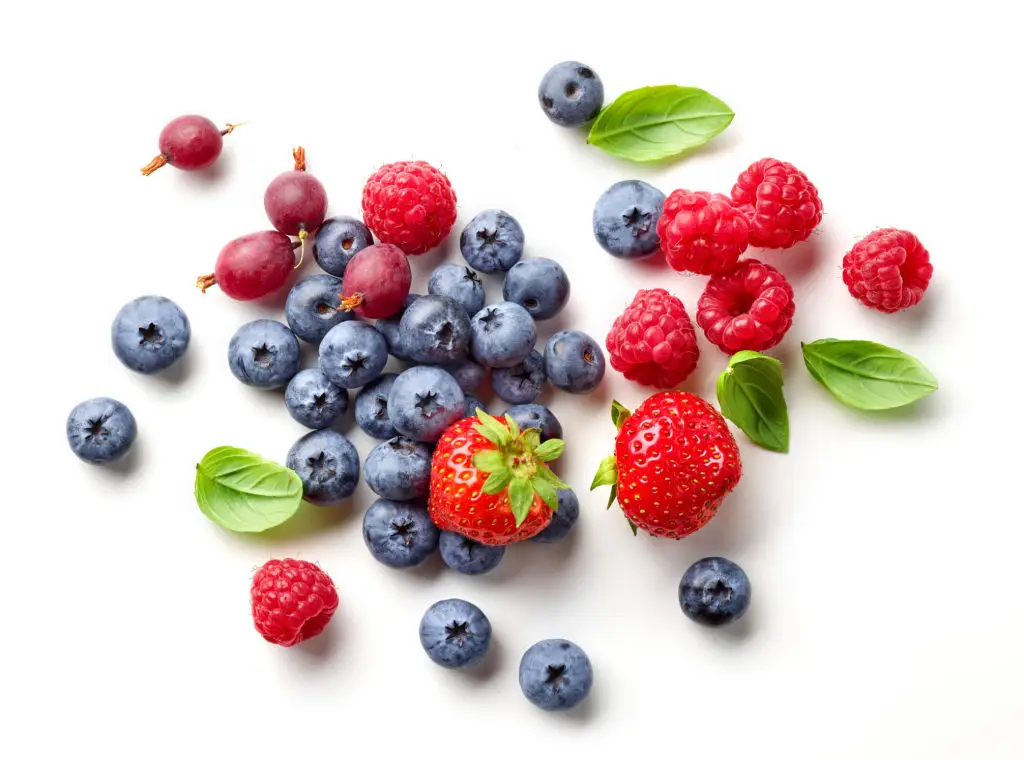
Berries offer a dazzling array of color and flavor, but their benefits for your gut reach far beyond their sweetness. Blueberries, strawberries, blackberries, raspberries, and more are loaded with fiber and polyphenols—compounds that not only feed beneficial bacteria but also help keep less helpful bugs in check. Research from ZOE and EverydayHealth calls berries out as prime examples of "eating the rainbow" to foster gut diversity. Fresh or frozen, berries are easy to tuck into yogurt, oatmeal, smoothies, or just enjoy by the handful. Don’t worry about picking a "perfect" berry—the entire family of berries supports microbial balance, so mix and match for variety. They’re in-season much of the year and often affordable frozen, making them an approachable addition to most meals. Adding a handful of berries is a joyful, flavorful way to support your gut, no matter your age or routine.
11. Chia Seeds: Tiny Seeds, Big Gut Benefits
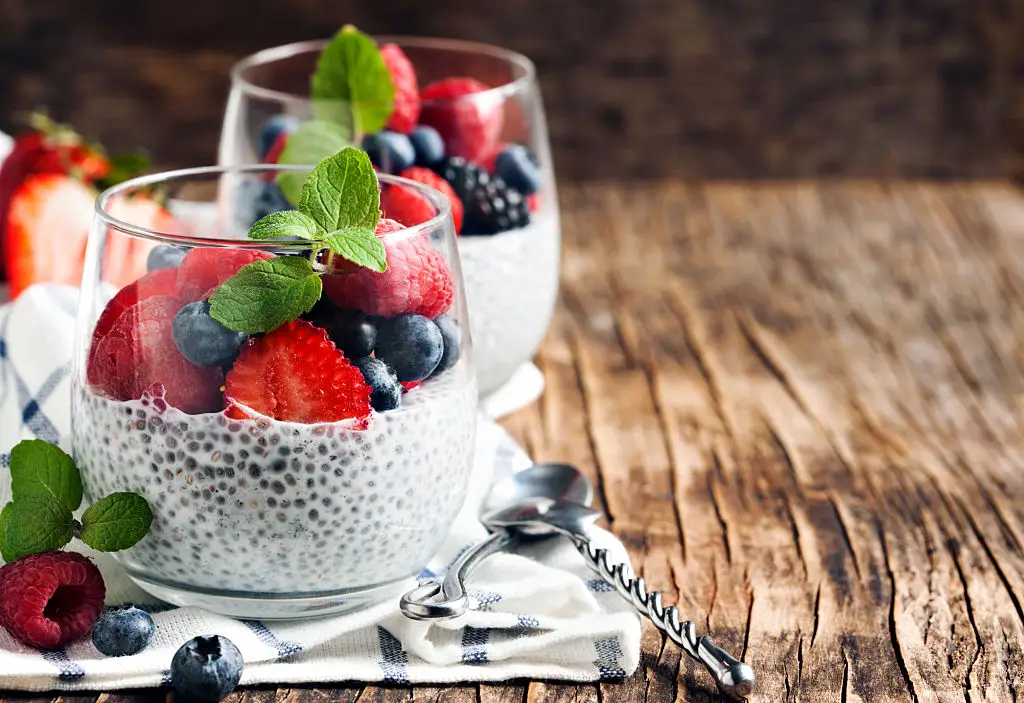
Don’t be fooled by their size—chia seeds are bursting with fiber and plant nutrients that have prebiotic effects on your gut. These tiny seeds soak up liquid to form a gentle gel, helping move things smoothly through digestion while offering beneficial bacteria the fuel they crave. Health experts and platforms like ZOE note chia as a flexible, accessible addition to a gut-friendly diet. Sprinkle chia seeds over yogurt or oatmeal, blend them into smoothies, or try making a simple overnight chia pudding. If you’re just getting started, begin with a teaspoon or two and have plenty of water; their high fiber content is powerful, and a little goes a long way. With their neutral flavor and impressive prebiotic credentials, chia seeds make it easy to give your microbiome a friendly boost—no reinventing your diet required.
12. Broccoli: The Cruciferous Gut-Guardian
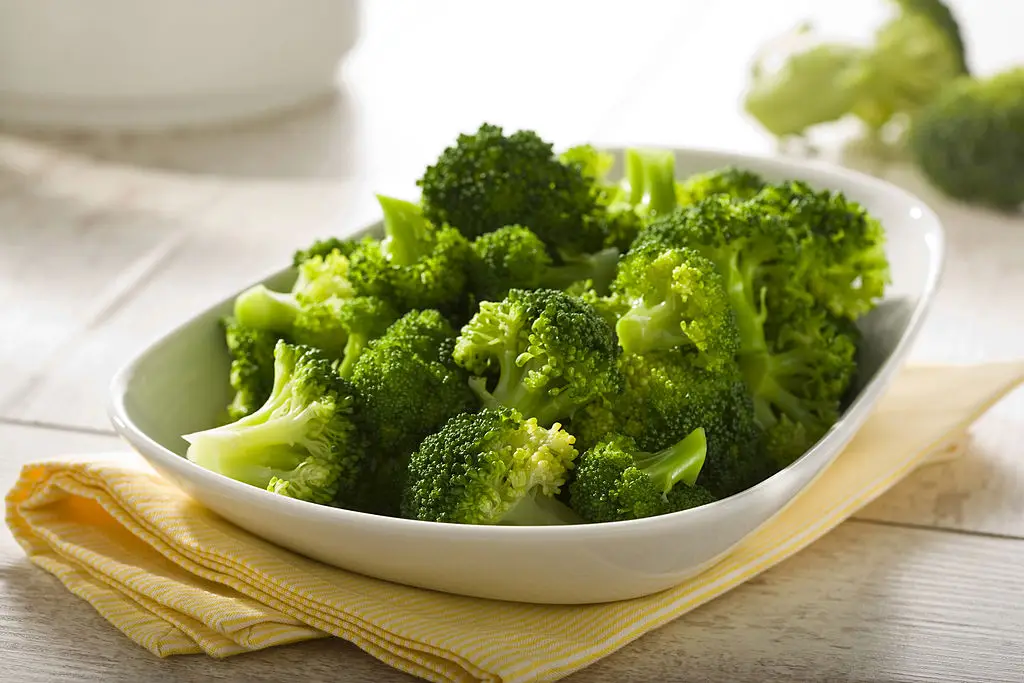
Broccoli’s reputation for health is well-deserved, and a lot of that credit belongs to its role as a prebiotic-rich veggie. High in fiber and unique plant compounds such as sulforaphane, broccoli supports the growth of helpful bacteria and encourages overall digestive harmony. Supported by studies and clinical experts, regular broccoli eaters show a more robust and varied gut microbiome. Steam or roast florets for a tender bite, toss raw pieces into slaws, or blend into creamy soups. If you’re catering to picky eaters, pairing broccoli with favorite flavors—like lemon or a sprinkle of cheese—can make it more inviting. Even a few spoonfuls here and there contribute to a well-fed gut. By making broccoli a regular guest at your table, you’re investing in your gut’s long-term happiness, one meal at a time.
13. Green Bananas (Unripe): Resistant Starch Revolution
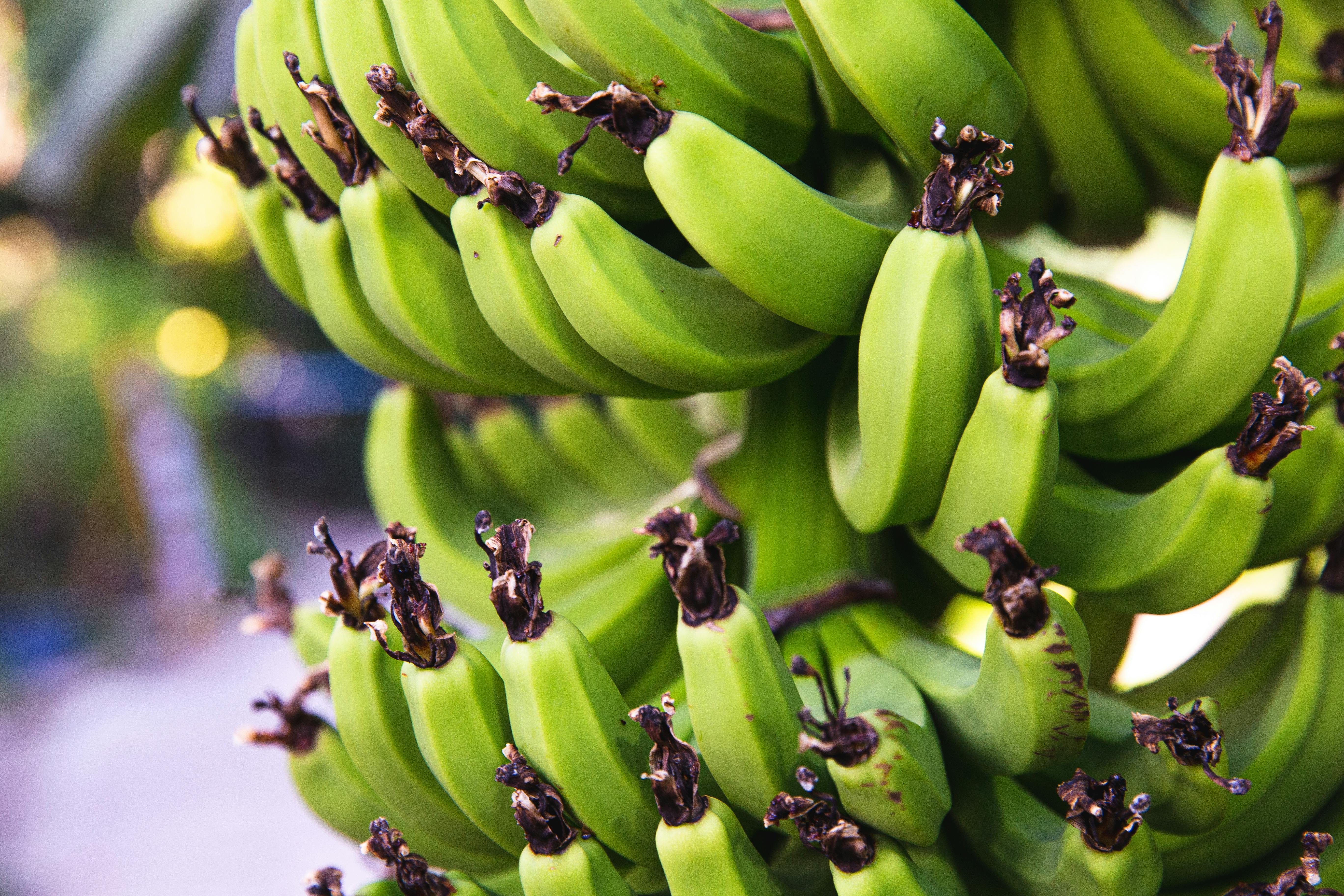
Ripe bananas are a well-known snack, but their slightly unripe, green counterparts are a secret weapon for gut health. When bananas are green, their carbohydrates are primarily in the form of resistant starch—a type of fiber that, true to its name, resists digestion in the small intestine. It travels intact to the colon, where it becomes powerful fuel for beneficial bacteria, notably those that produce short-chain fatty acids (SCFAs) like butyrate, which are vital for gut barrier integrity and reducing inflammation. You don’t have to eat them raw; try blending a small piece of green banana into a smoothie, or look for green banana flour as a mild, prebiotic-rich addition to baking or shakes.
14. Cacao Nibs/Powder: The Polyphenol Powerhouse
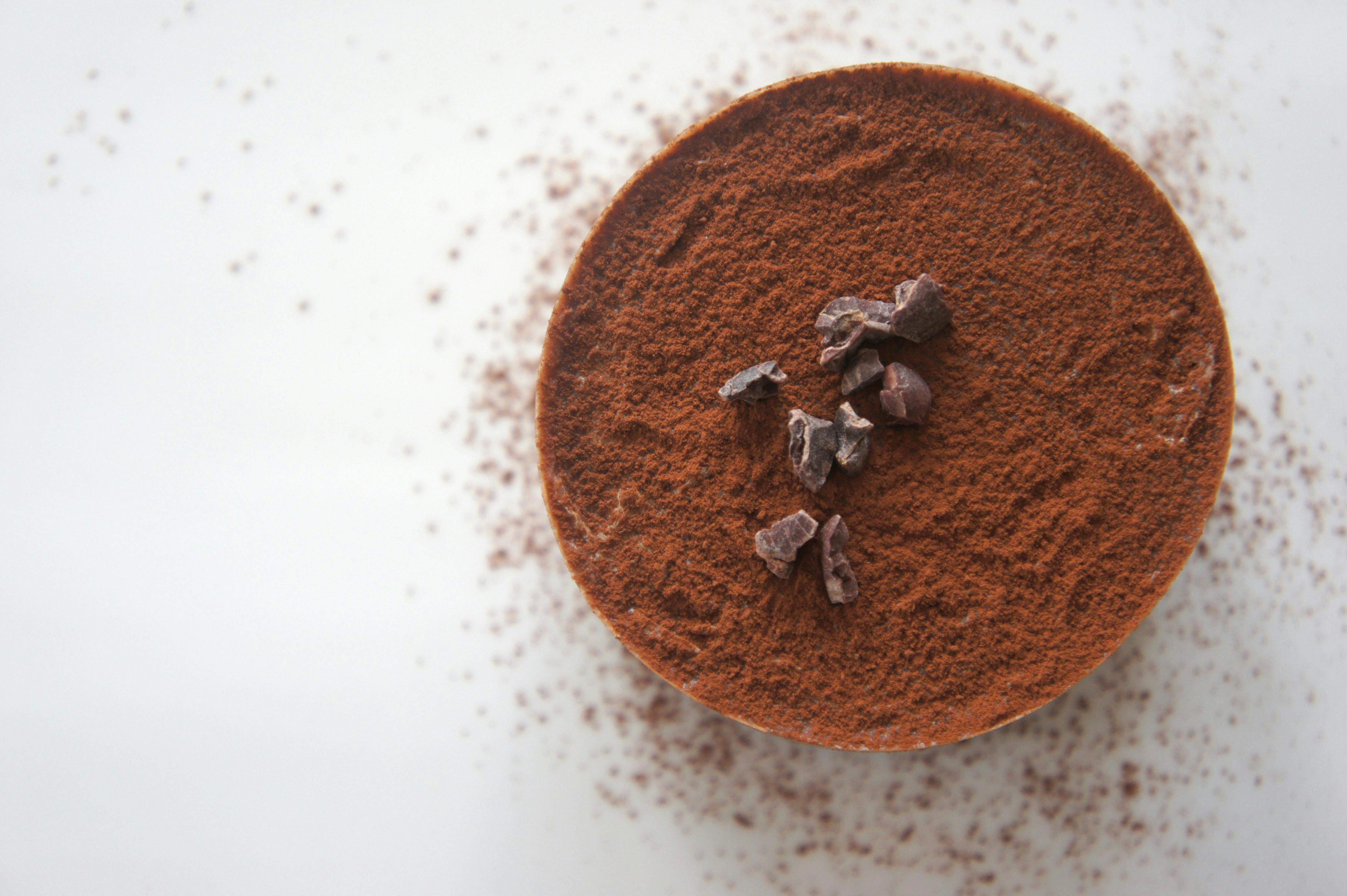
Often viewed as a simple indulgence, cacao (not highly processed cocoa) is one of the richest sources of polyphenols—plant compounds that act as powerful prebiotics, feeding beneficial bacteria like Lactobacillus and Bifidobacterium. These polyphenols are not digestible by human enzymes, so they travel down to the colon where they are fermented by gut microbes, leading to the production of anti-inflammatory compounds. Look for raw cacao powder or nibs (small pieces of the bean) to maximize this benefit, as standard chocolate is often processed, reducing its polyphenol count. Sprinkle a spoonful of nibs on your oatmeal or blend the powder into your next smoothie for a healthy, prebiotic-rich dose of chocolate flavor.
15. Barley: A Different Kind of Beta-Glucan
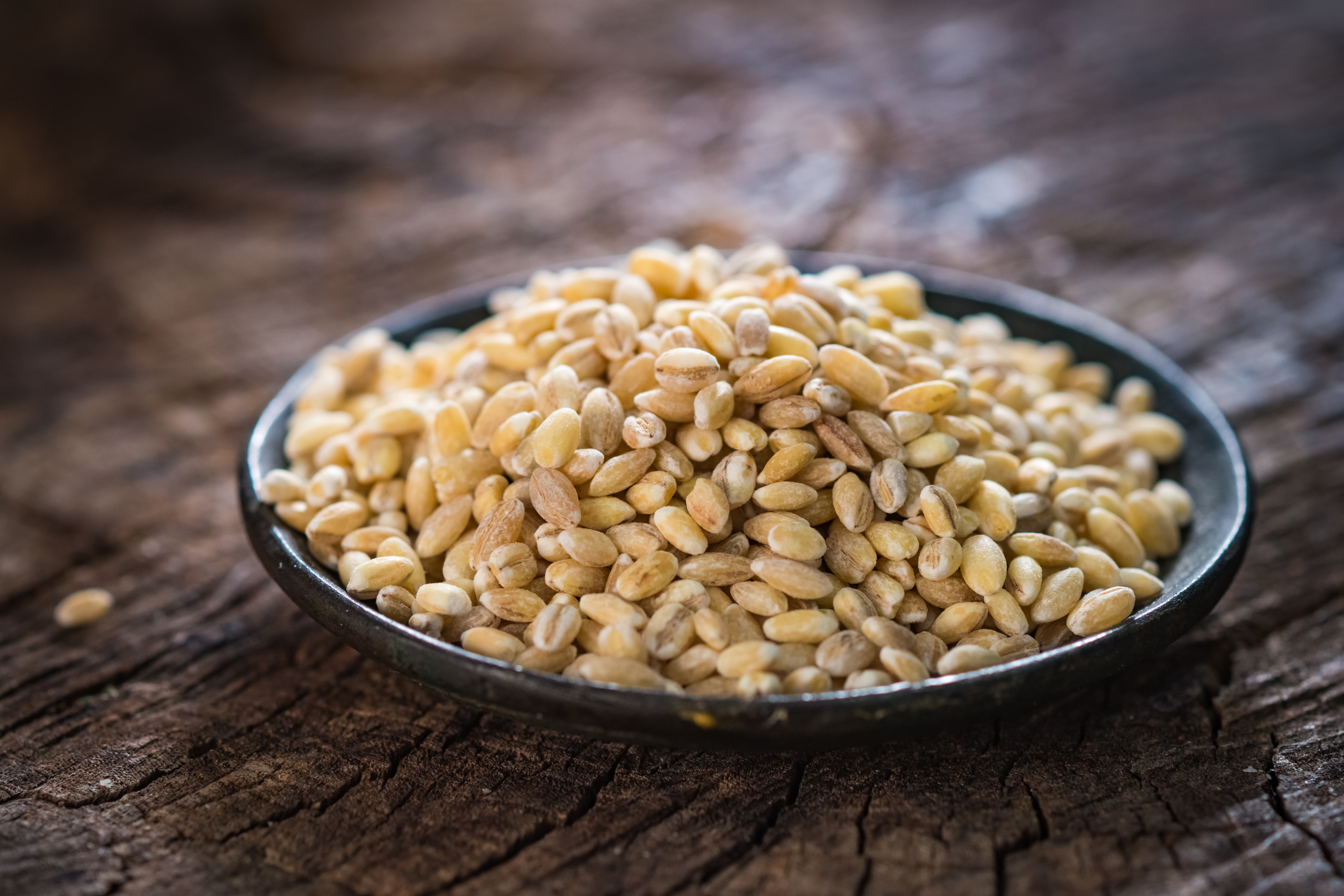
While oats get the most credit, barley is another superstar grain packed with beta-glucan fiber, a highly effective prebiotic. Barley’s specific beta-glucan structure ferments slower and more completely than some other fibers, providing steady, sustained nourishment to the gut microbes over a longer period. This slow fermentation promotes the consistent growth of beneficial bacteria and has been linked to improved blood sugar control and immune support. Try substituting white rice with pearled barley in soups, stews, or as a side dish, or use hulled barley for an even higher fiber content. Its pleasantly chewy texture makes it a satisfying, gut-friendly base for any meal.
16. Fennel Bulb: Anise-Scented Soother and Fiber Source
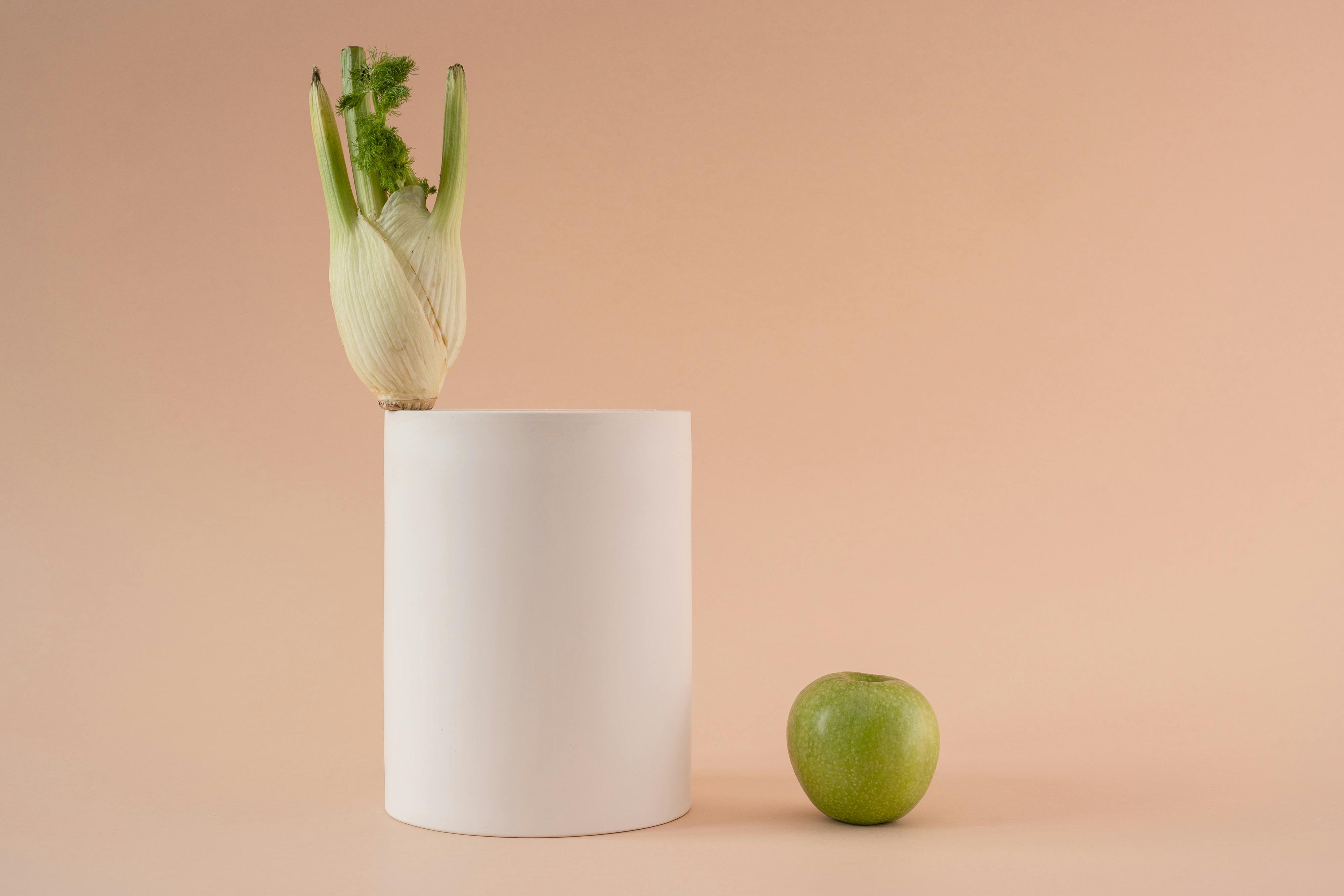
The crisp, white fennel bulb, known for its mild, licorice-like flavor, is an overlooked source of powerful prebiotic fiber and digestive soothing compounds. Beyond its high fiber content which directly feeds the gut flora, fennel contains an essential oil called anethole. While not a prebiotic itself, anethole helps calm digestive spasms and reduce gas, making the process of fiber fermentation smoother and more comfortable, especially for those new to high-fiber diets. Slice it thinly and add it raw to salads, or roast it until caramelized to mellow its flavor and enjoy its gentle, two-fold benefit to your gut health.
17. Flaxseeds (Ground): Lignan and Mucilage Magic
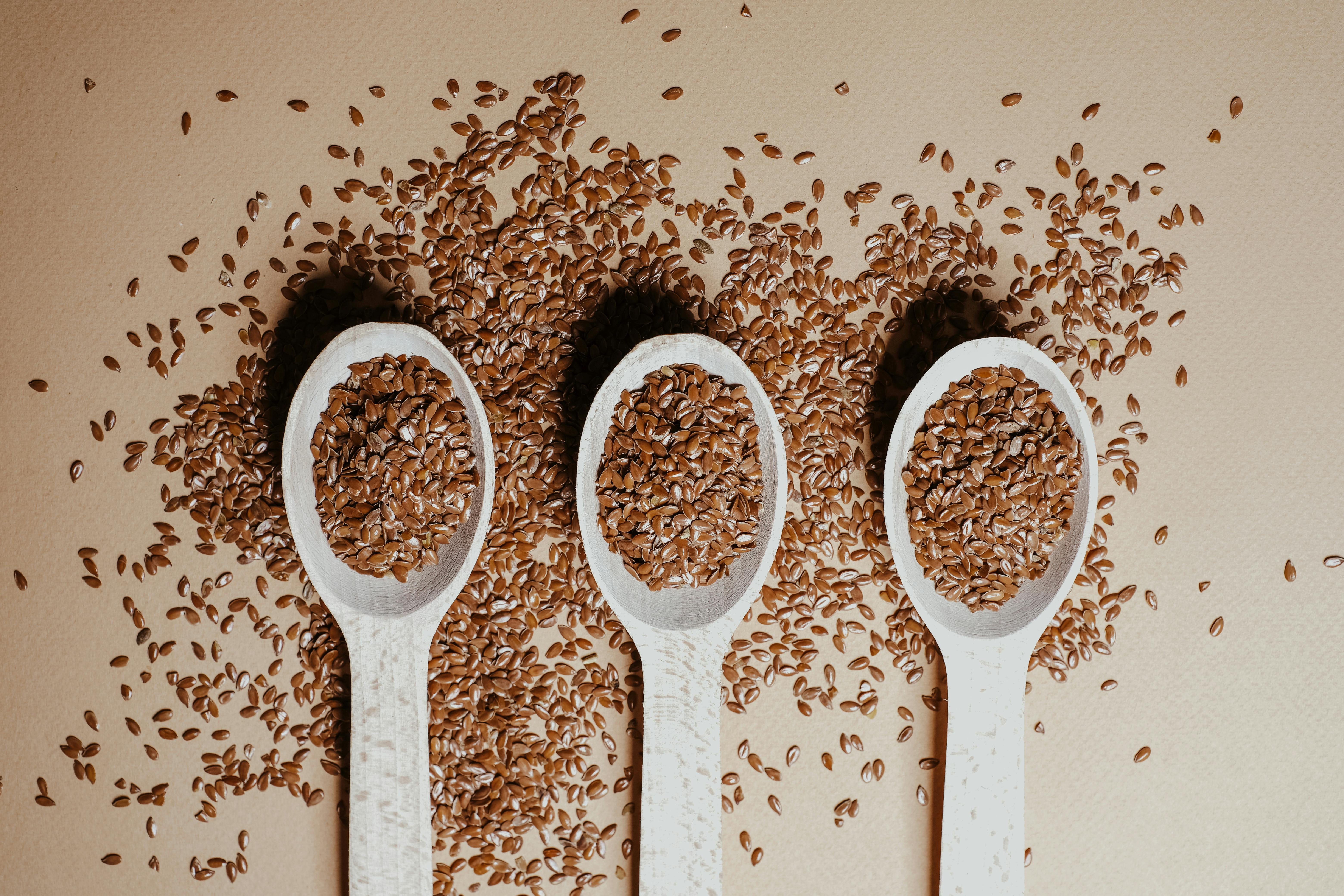
Whole flaxseeds are mostly passed through the body undigested, but when they are freshly ground, they release a unique combination of soluble fiber (mucilage) and lignans. The mucilage becomes a gelatinous substance in the gut, which acts as a protective layer and a prebiotic, nurturing helpful bacteria and easing transit. The lignans, which are powerful antioxidants, are also fermented by specific gut microbes, potentially contributing to hormone balance and reducing inflammation. Always consume flaxseeds ground and mix them into yogurt, cereal, or baked goods right before eating to get the full prebiotic and fiber-based benefits.
18. Pomegranate Peel Powder (Ellagitannins) — The Colon-Targeted Nutrient
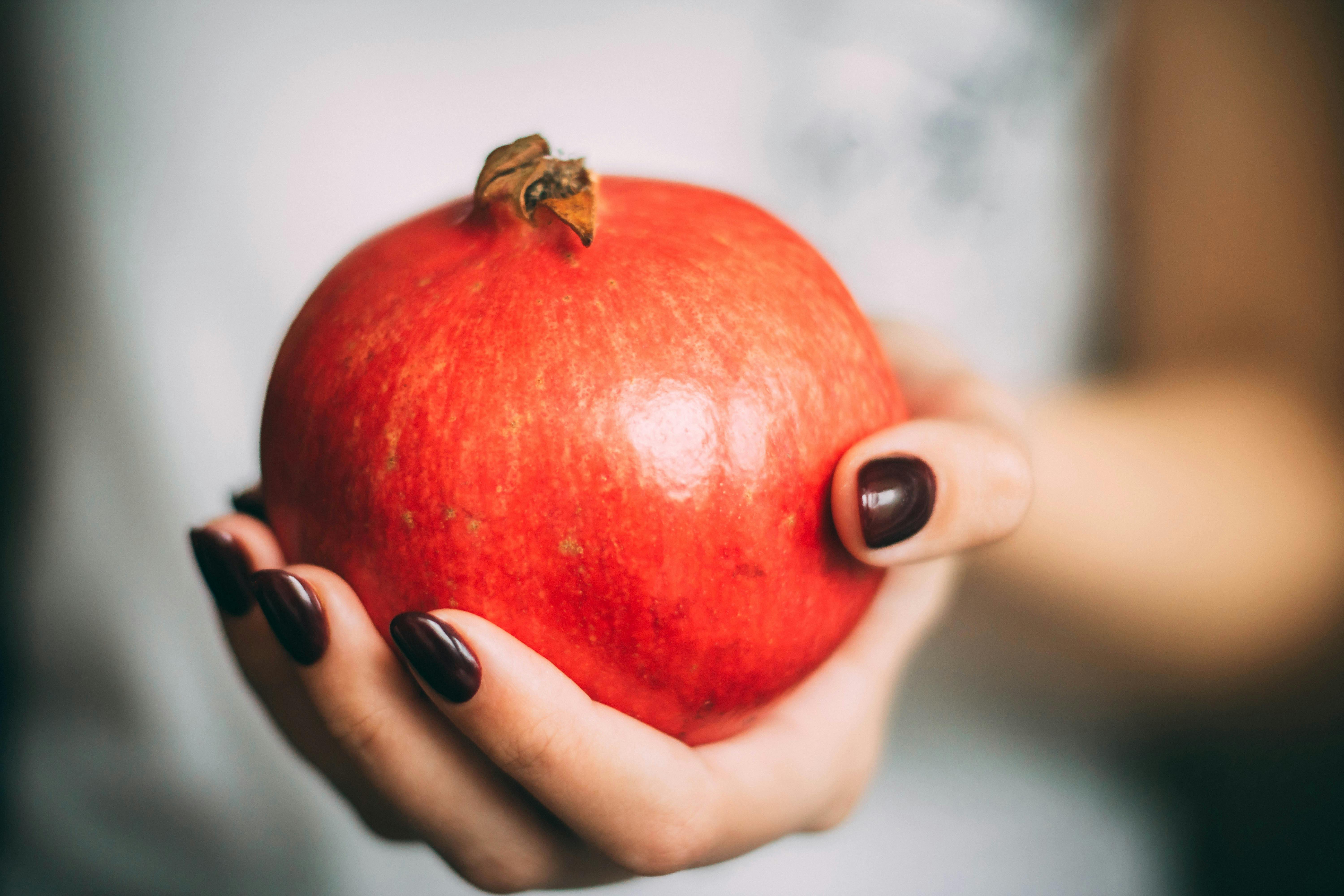
While the seeds and juice are celebrated, the pomegranate peel (best consumed as a pure, dried powder added to smoothies or yogurt) is a powerhouse of ellagitannins. These massive molecules are too large to be absorbed in the small intestine, making them a perfect prebiotic. Upon reaching the colon, they are fermented by specific beneficial microbes into Urolithins, powerful compounds that have been linked to anti-inflammatory benefits and cellular health. This fermentation process is highly dependent on having the right gut bacteria. Adding the powder directly feeds this beneficial pathway, offering a targeted approach to gut health that goes far beyond simple fiber.
19. Wakame/Kombu Seaweed (Fucoidans) — The Marine Prebiotic Fiber
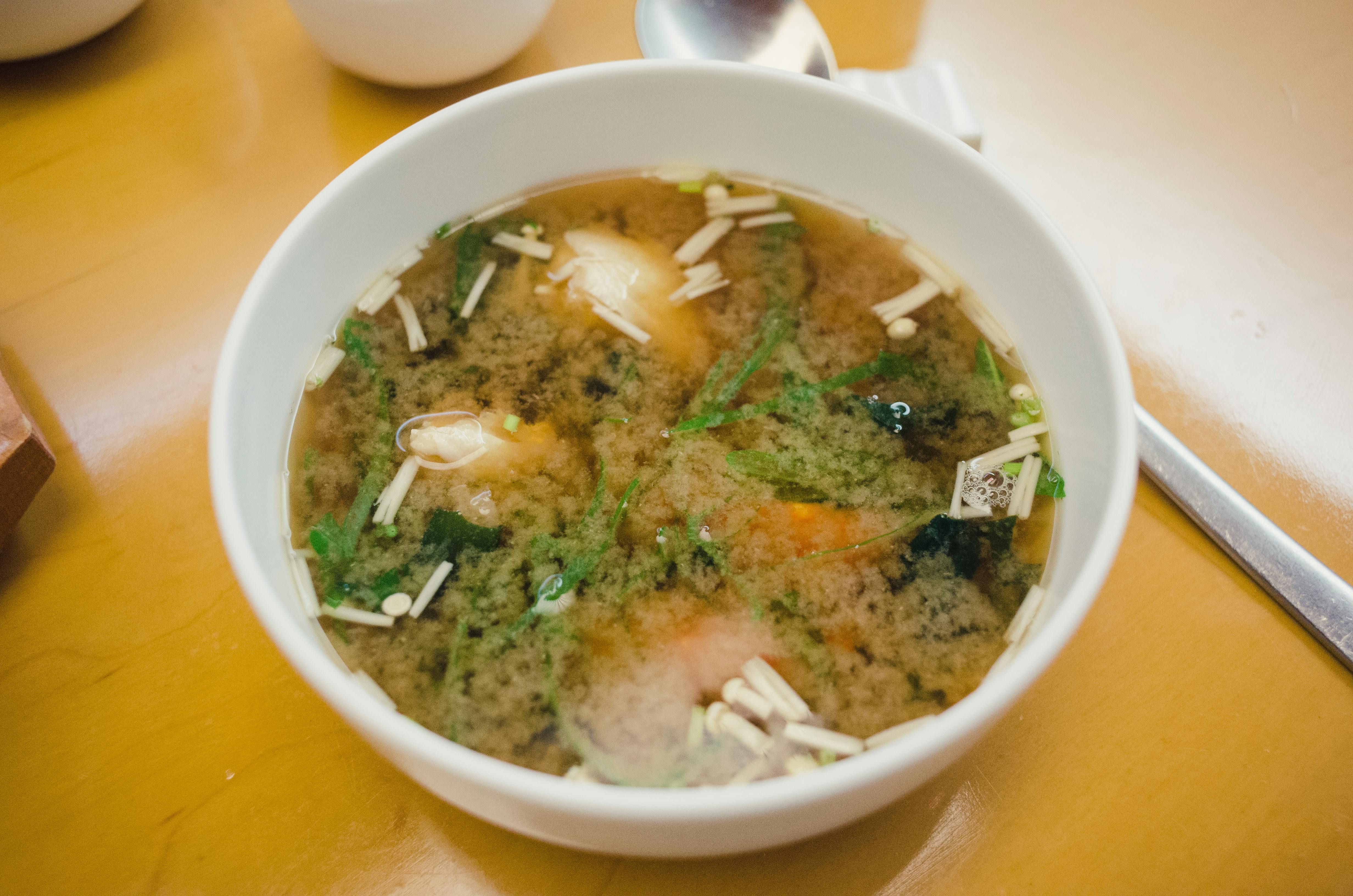
Seaweed, particularly varieties like Wakame and Kombu (often used to make broth or added to salads), introduces a unique class of prebiotic fibers called Fucoidans. Unlike plant fibers on land, these marine fibers have a distinct structure that is highly resistant to human digestion. When consumed, they travel to the large intestine where they selectively promote the growth of specific bacteria, notably those involved in producing beneficial short-chain fatty acids (SCFAs). As an extra benefit, these seaweeds are also rich in minerals and add a fifth "taste" (umami) to your diet, helping to diversify your plate with accessible, yet globally-inspired, gut support.
20. Tigernuts (Resistant Starch Tubers) — The Gut-Friendly, Non-Nut Alternative
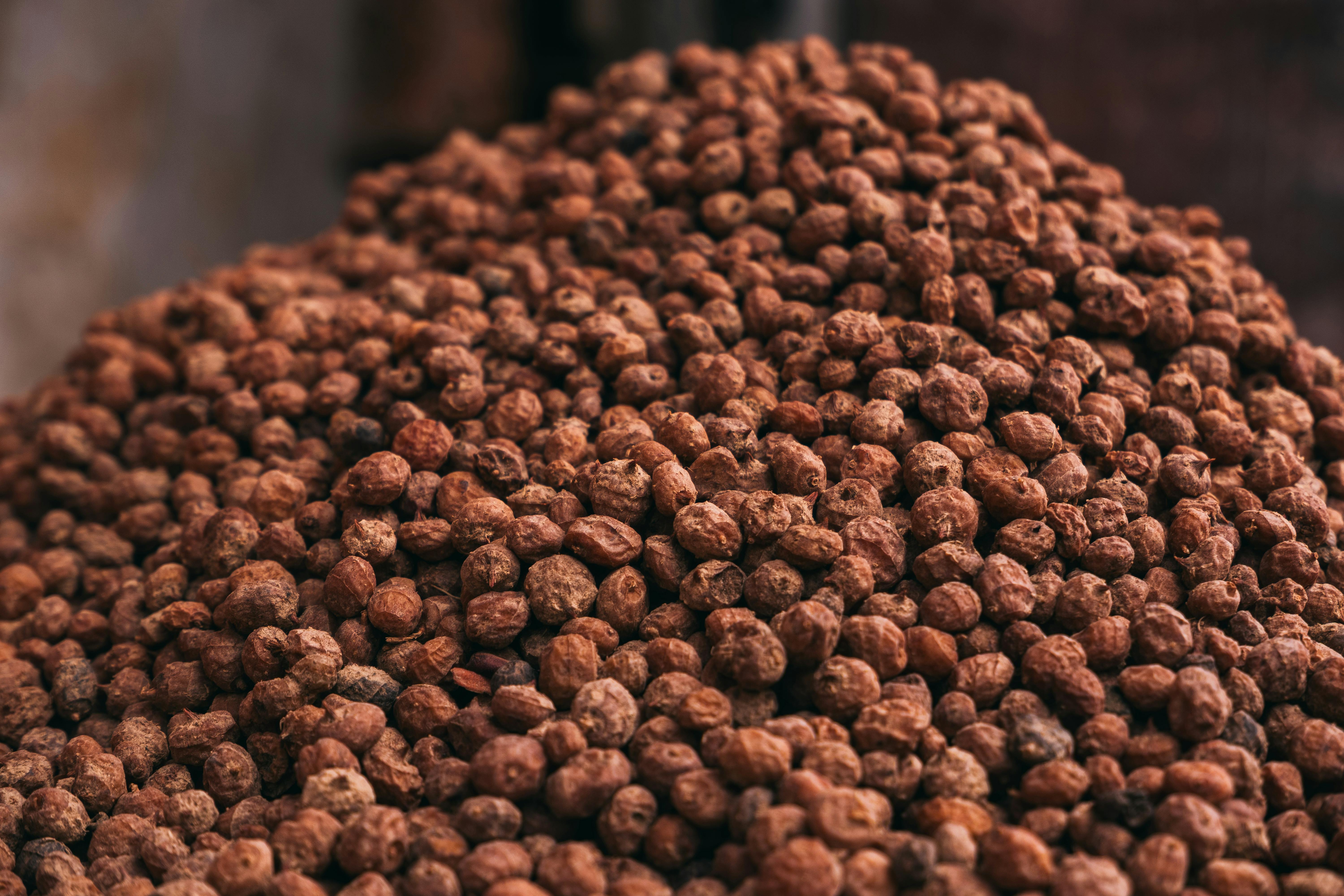
Despite their name, tigernuts are small root vegetables (tubers), not nuts, making them an excellent choice for those with nut allergies. They are extremely high in a specific type of resistant starch that bypasses the small intestine, providing a potent and sustained fuel source for gut microbes in the colon. Tigernuts also contain significant amounts of insoluble fiber, which adds bulk and promotes regularity without causing the rapid gas production often associated with other fermentable fibers. Enjoy them raw as a crunchy snack, soaked to soften them, or ground into a prebiotic-rich flour for baking.
21. Sprouted Grains (e.g., Spelt, Rye) — Phytic Acid Neutralized Fuel
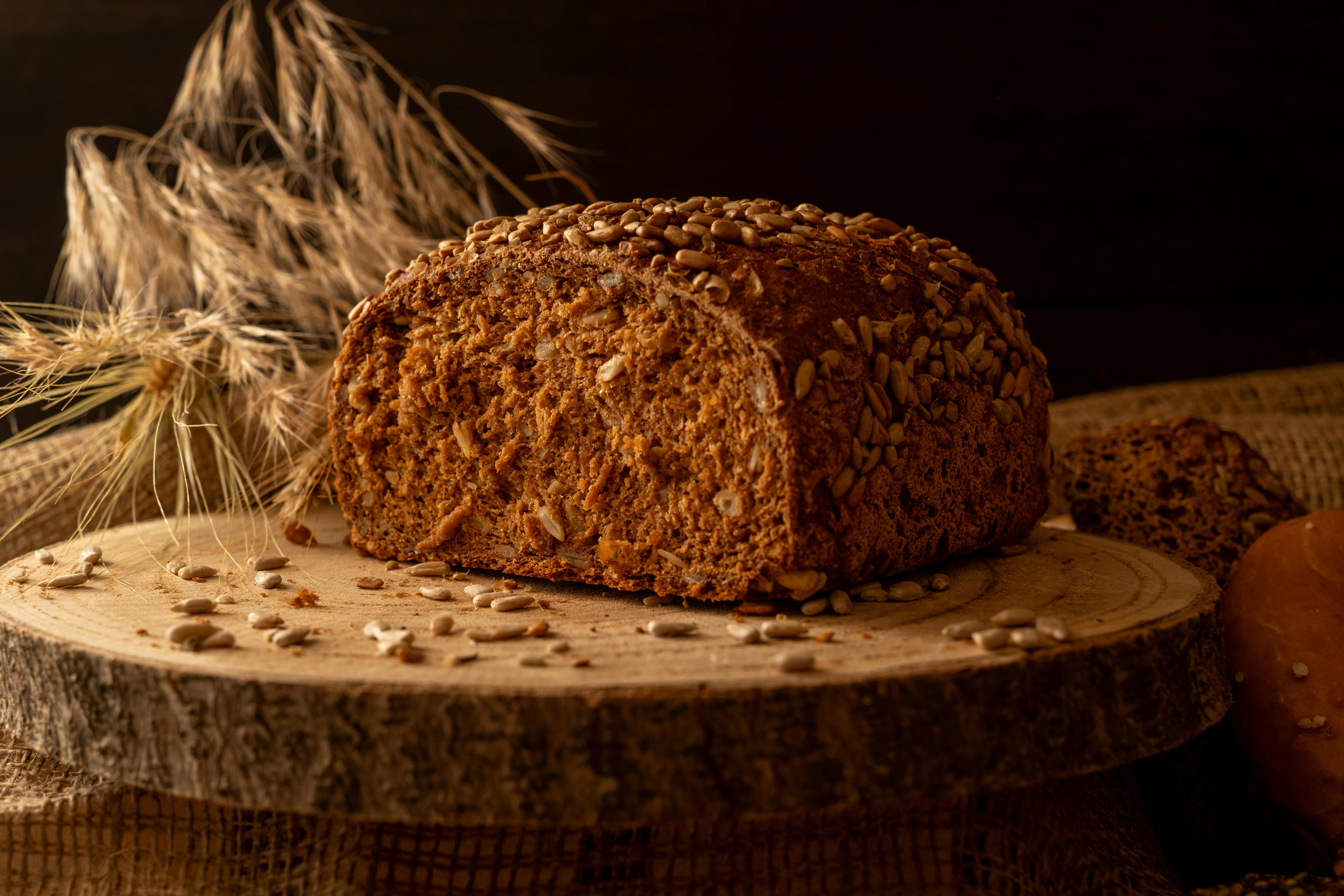
Sprouting grains like rye, spelt, or barley before consumption dramatically improves their prebiotic power. The sprouting process partially breaks down the grain's structure, neutralizing phytic acid. Phytic acid in unsprouted grains can bind to minerals, making them unavailable. By reducing it, the natural prebiotic fiber and starches in the grains become more bioavailable to your gut microbes. This means your gut bugs can ferment the fiber more efficiently, leading to better SCFA production without the potential for mineral depletion. Look for sprouted bread or simply try soaking or sprouting grains at home before cooking.
22. Red Wine (Polyphenols, In Moderation) — The Microbiome Modifier

While alcohol should always be consumed in strict moderation, the polyphenols found in red wine are highly potent prebiotics. Specifically, the compounds resveratrol and quercetin are poorly absorbed by the body. They travel intact to the colon where they are fermented by beneficial bacteria, which subsequently produces a unique profile of gut-health-promoting metabolites. Research suggests that the moderate, regular consumption of red wine (one glass daily for women, two for men) may beneficially modify the gut microbiome and enhance diversity. If you don't drink, you can get these same polyphenols from dark-colored grapes or grape juice.
23. Cooked and Cooled Potatoes/Rice (Retrograded Starch)
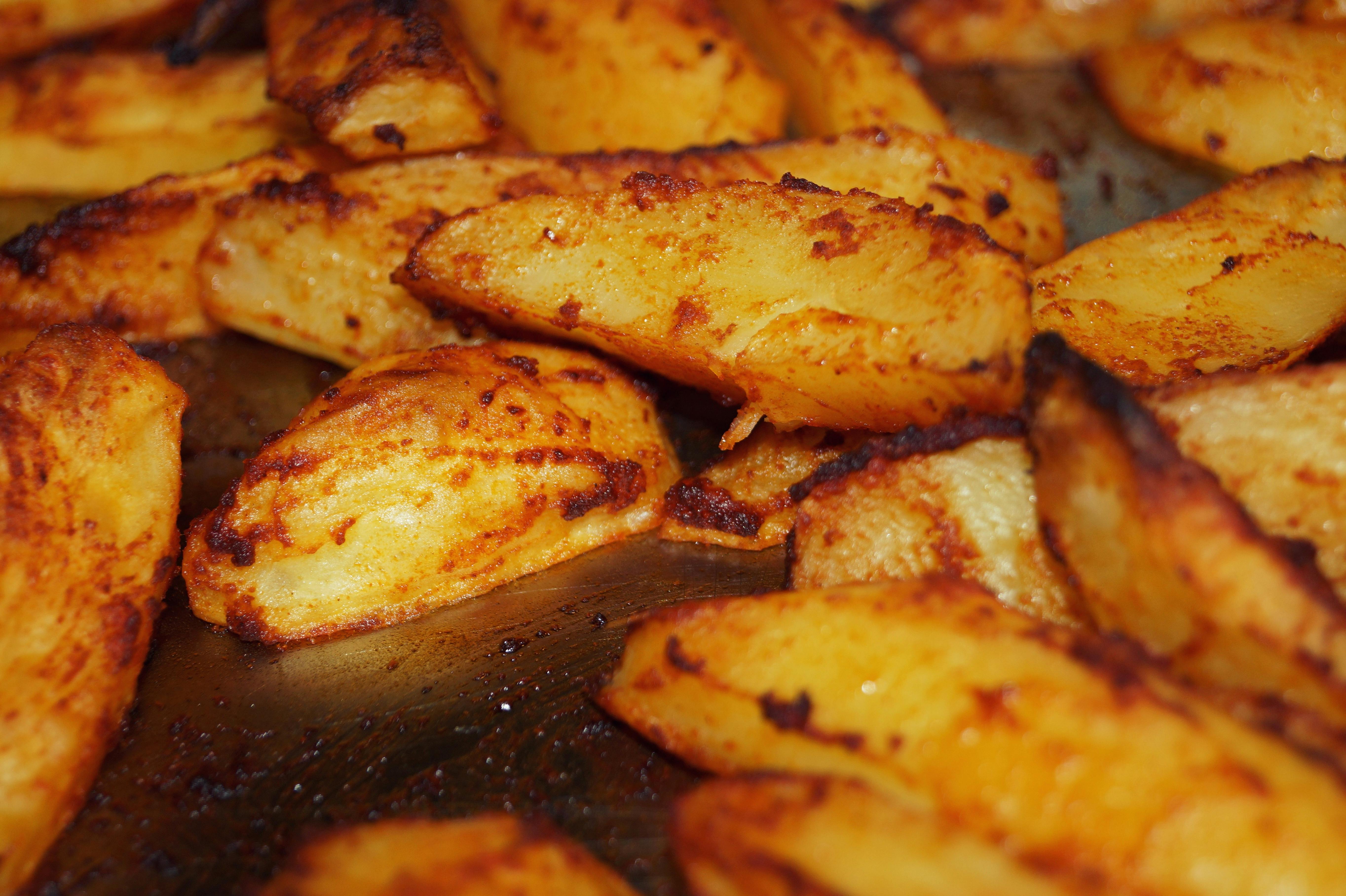
The humble potato or leftover rice is a secret powerhouse of resistant starch, provided you use the correct preparation method. When starchy foods like potatoes, rice, or pasta are cooked and then allowed to cool completely (a process called retrogradation), a portion of their digestible starch converts into resistant starch (RS3). This RS3 fiber resists digestion in the small intestine and instead travels to the colon where it acts as a robust prebiotic, selectively feeding bacteria that produce the short-chain fatty acid butyrate. Butyrate is vital for maintaining the health and integrity of the colon wall and reducing inflammation. You don’t need to eat them cold; reheating gently (below $140^{\circ}\text{F}$/$60^{\circ}\text{C}$) won't destroy the newly formed resistant starch. This simple cooling step turns everyday leftovers into powerful gut medicine.
24. Acacia Gum (Gum Arabic) Powder
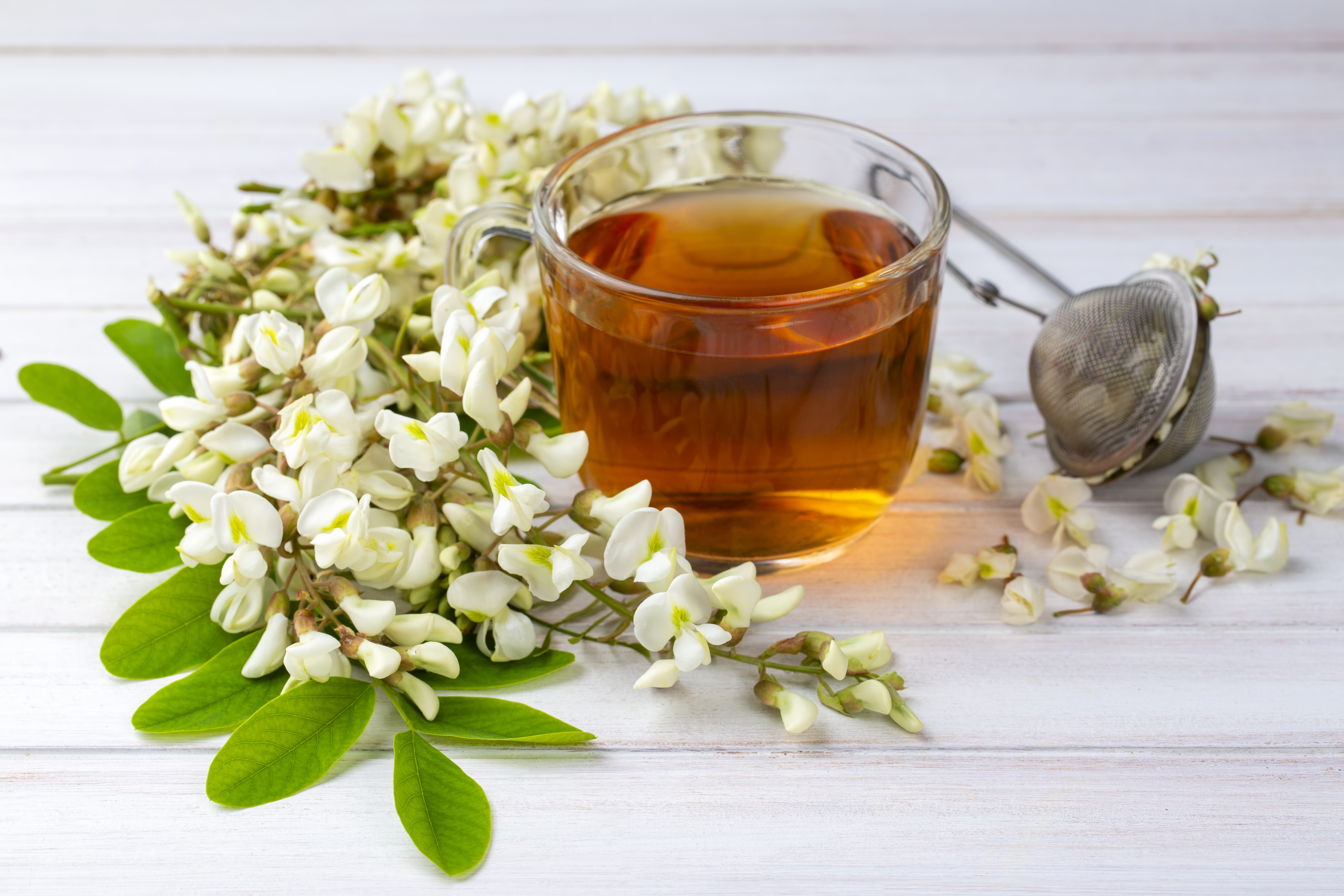
Acacia gum, also known as Gum Arabic, is an edible, natural gum harvested from the sap of the Acacia senegal tree. It is nearly 90% soluble fiber, making it an incredibly concentrated source of prebiotic material. Unlike many other high-fiber powders, acacia gum is known for being exceptionally slowly fermented by gut microbes. This slow fermentation process is key because it significantly reduces the likelihood of uncomfortable gas and bloating that often accompanies rapid fermentation. It’s effective at doses as low as 5–10 grams per day and can be easily mixed into water, coffee, or smoothies due to its neutral flavor and excellent solubility. This makes it an ideal choice for people with sensitive guts seeking a highly tolerated, yet potent, prebiotic boost.
25. Dandelion Greens (The Bitter Prebiotic)
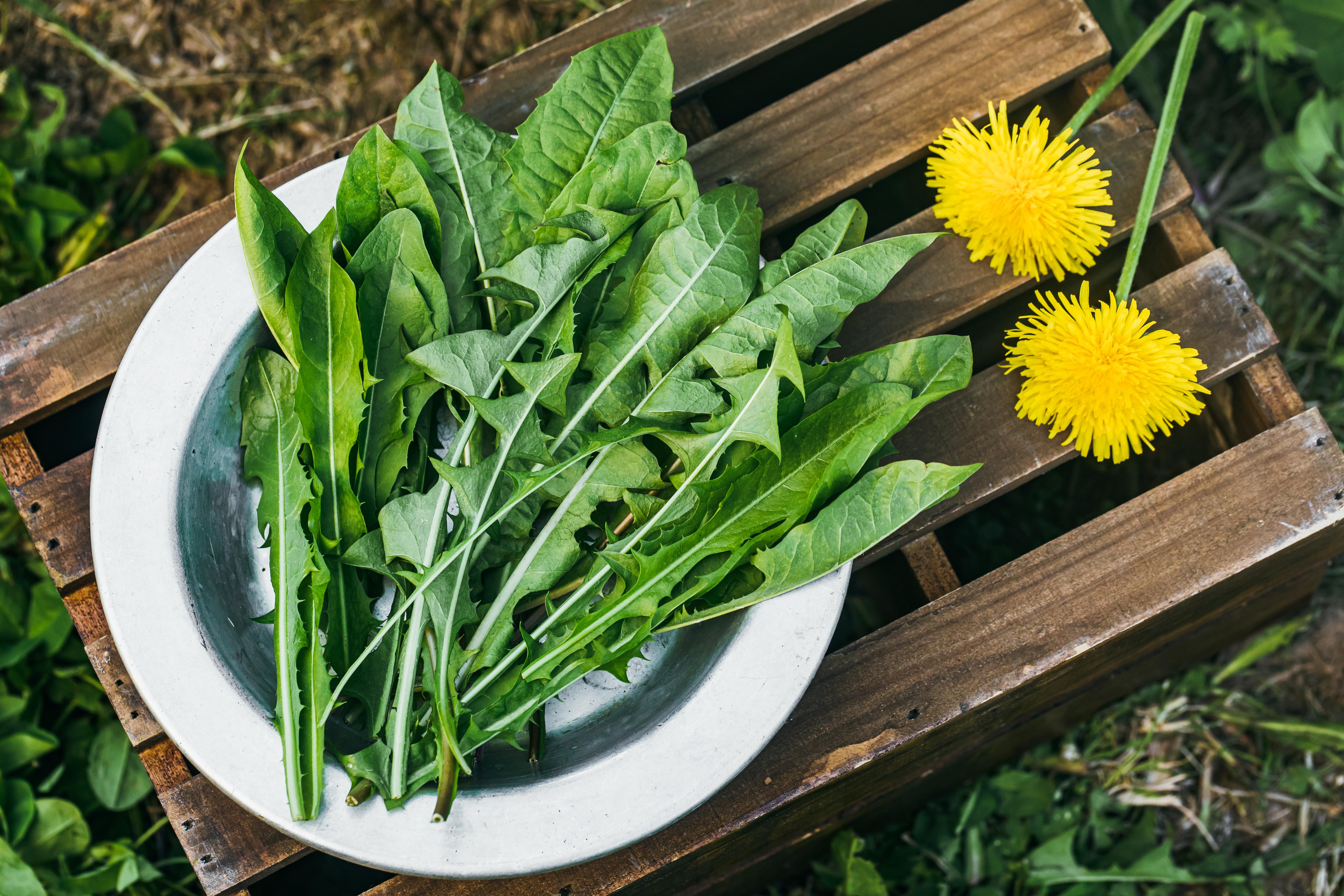
Dandelion greens are far more than just weeds; they are an extremely potent source of inulin—the same powerful prebiotic fiber found in chicory root, but in a readily available leaf form. In addition to high fiber, these bitter greens contain compounds that stimulate bile flow, which aids in overall digestion and the breakdown of fats. The bitterness itself is a sign of beneficial compounds that can help reset the palate and prepare the digestive system for a meal. You can use young, tender dandelion leaves raw in a mixed salad, or sauté the mature leaves lightly with garlic (another prebiotic powerhouse) to temper the bitterness. Including these greens adds exceptional plant diversity and a powerful prebiotic punch often overlooked in common salad mixes.
26. Psyllium Husk (The Bulk-Forming Fermenter)
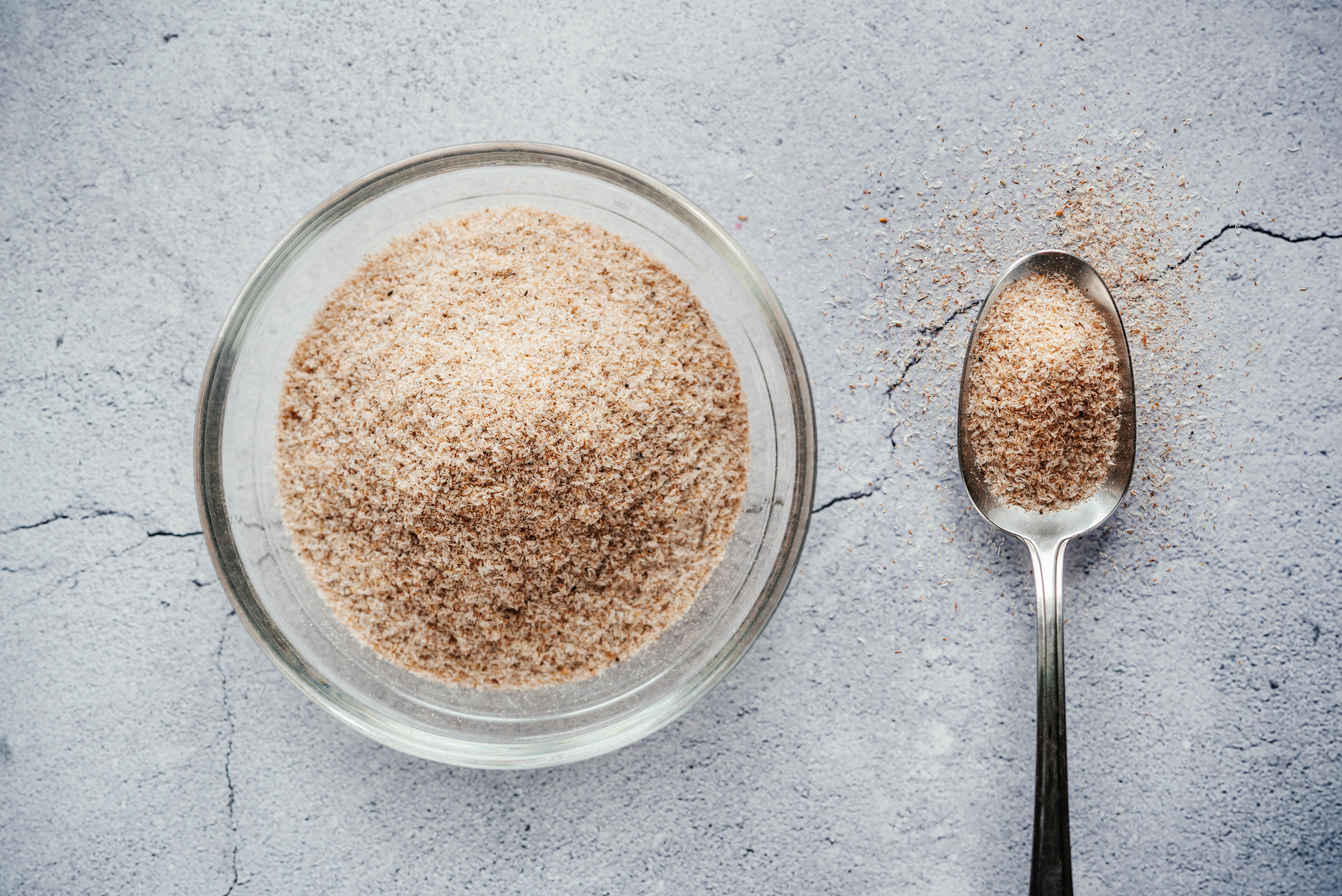
Psyllium husk is most famous as a bulk-forming laxative, but its role as a prebiotic is frequently understated. It contains a high proportion of fiber that is resistant to digestion but is fermented more slowly and gently than other fibers. This unique combination makes it highly effective: the soluble fiber forms a gel that helps regulate bowel movements, and simultaneously, the slow fermentation provides sustained, gentle fuel for your gut bacteria. Specifically, studies show psyllium can boost the population of beneficial bacteria while reducing the inflammatory load in the gut. Always remember to mix psyllium thoroughly with a full glass of water, or risk intestinal blockage. A small amount daily can create a noticeable and comfortable improvement in both regularity and microbial health.
27. Green Peas (Hidden Resistant Starch)
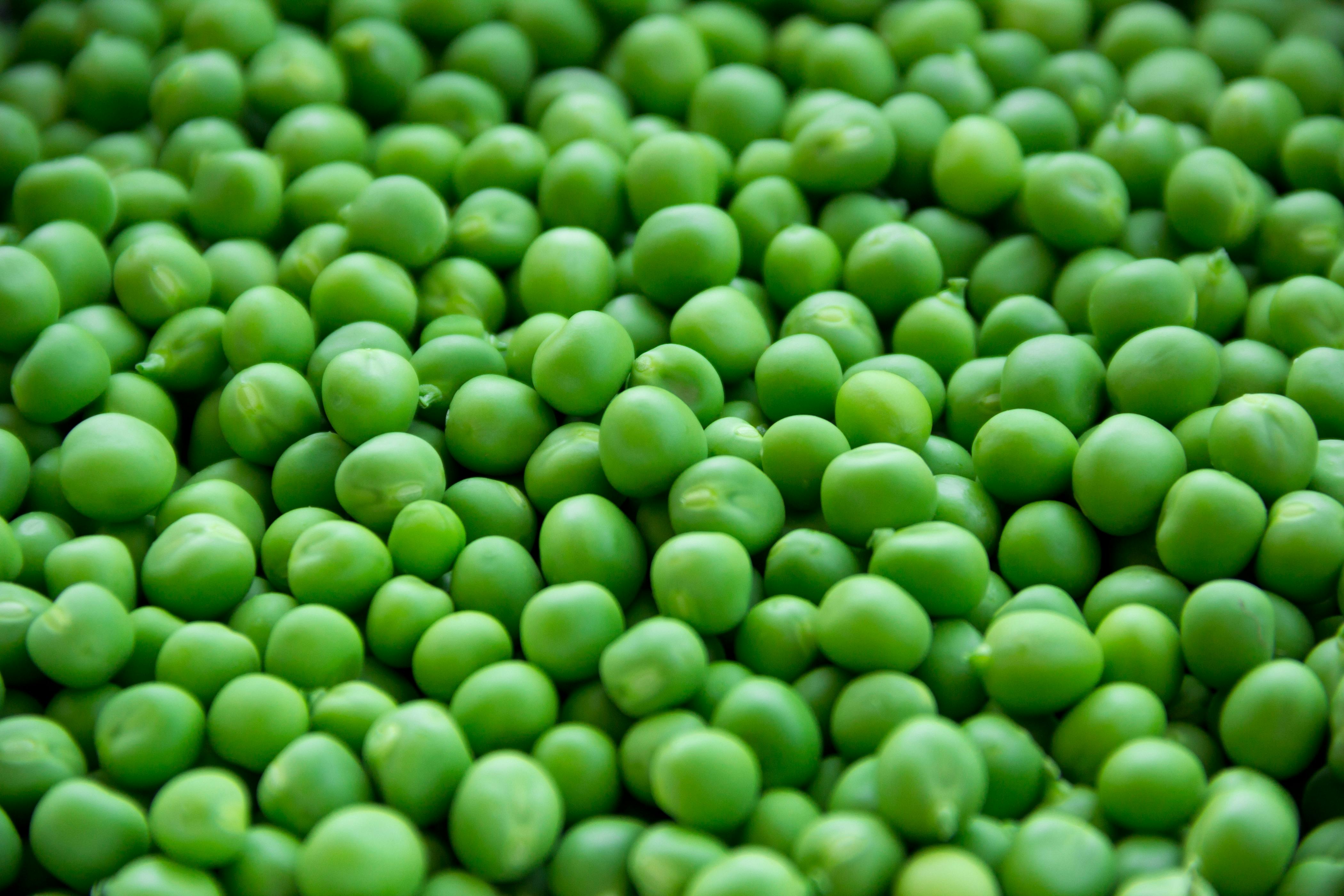
While often categorized simply as a vegetable, the common green pea holds surprising prebiotic power due to its high content of resistant starch when cooked and cooled. Similar to potatoes, the process of heating and cooling peas significantly increases their resistant starch content, which then bypasses the small intestine to feed the colon's bacteria. Green peas are also a great source of other fermentable fibers and plant protein, making them a well-rounded gut health booster. They are easy to incorporate into almost any meal—toss frozen peas into pasta or rice dishes toward the end of cooking, or simply add cold peas to salads. This accessible, affordable ingredient is a simple way to covertly increase your intake of butyrate-producing prebiotic fiber.
28. Konjac Root/Noodles (Glucomannan)
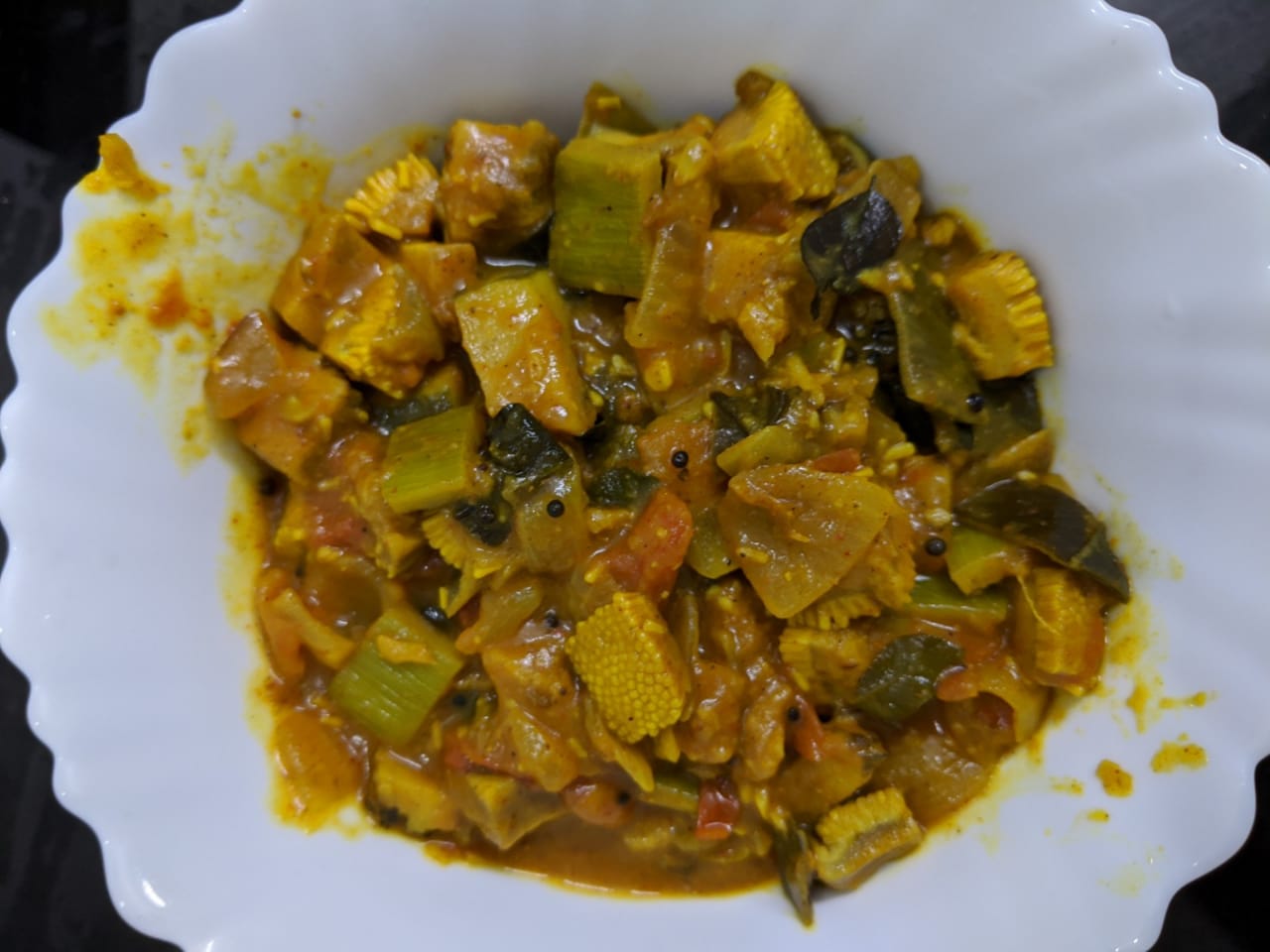
Konjac root, often processed into shirataki noodles or a powder (glucomannan), is a unique prebiotic with powerful effects. Its fiber, glucomannan, is an exceptionally viscous soluble fiber that bypasses digestion entirely, providing a feast for your colon bacteria. This fermentation leads to a rich production of beneficial short-chain fatty acids (SCFAs) like butyrate. A distinctive benefit of konjac is its ability to absorb massive amounts of water, promoting fullness and gentle regularity. Look for konjac noodles in the refrigerated section near tofu, or add a small amount of glucomannan powder to smoothies. Konjac is calorie-free, making it an excellent, low-impact choice for sustained gut nourishment.
29. Castor Bean Oil (Ricinoleic Acid) — Targeted Prebiotic Fatty Acid
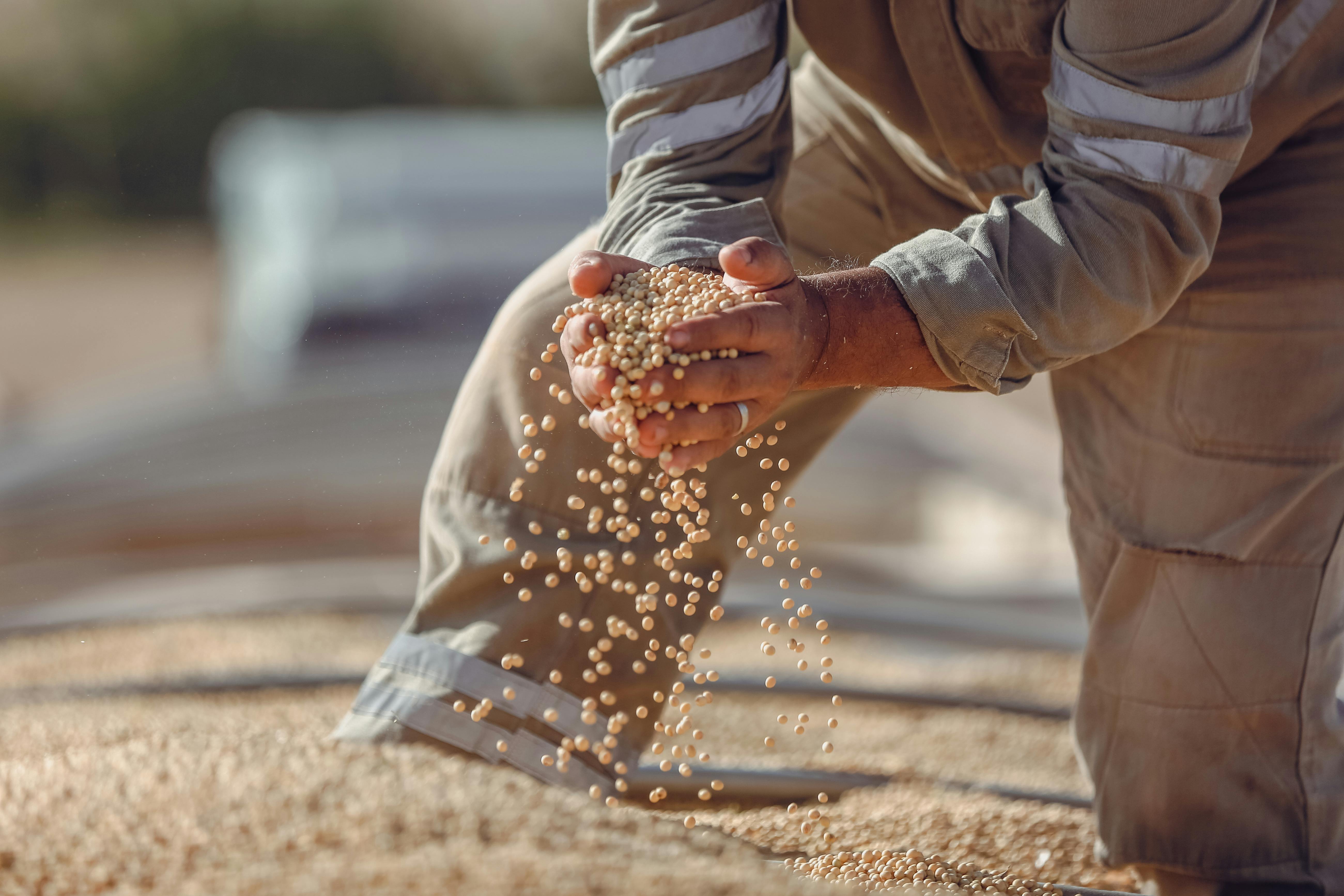
While Castor oil is historically known as a potent laxative, modern research highlights its unique component, Ricinoleic Acid (RA), as a specialized prebiotic fatty acid. Unlike dietary fibers, RA travels down to the distal colon where it selectively stimulates the growth of certain beneficial bacteria. This targeted action helps nourish the gut lining and promotes a healthier microbial balance in an area often missed by rapidly fermented fibers. You do not need the full laxative dose; very small, consistent amounts of food-grade Castor oil (often found encapsulated or blended with other oils) can deliver this gentle prebiotic benefit. Note: Only use food-grade, hexane-free Castor oil, and consult a professional before starting, due to its well-known potency. This offers a unique, fat-based route to fortify your microbiome structure.
30. Turmeric (Curcumin) Powder: The Anti-Inflammatory Prebiotic
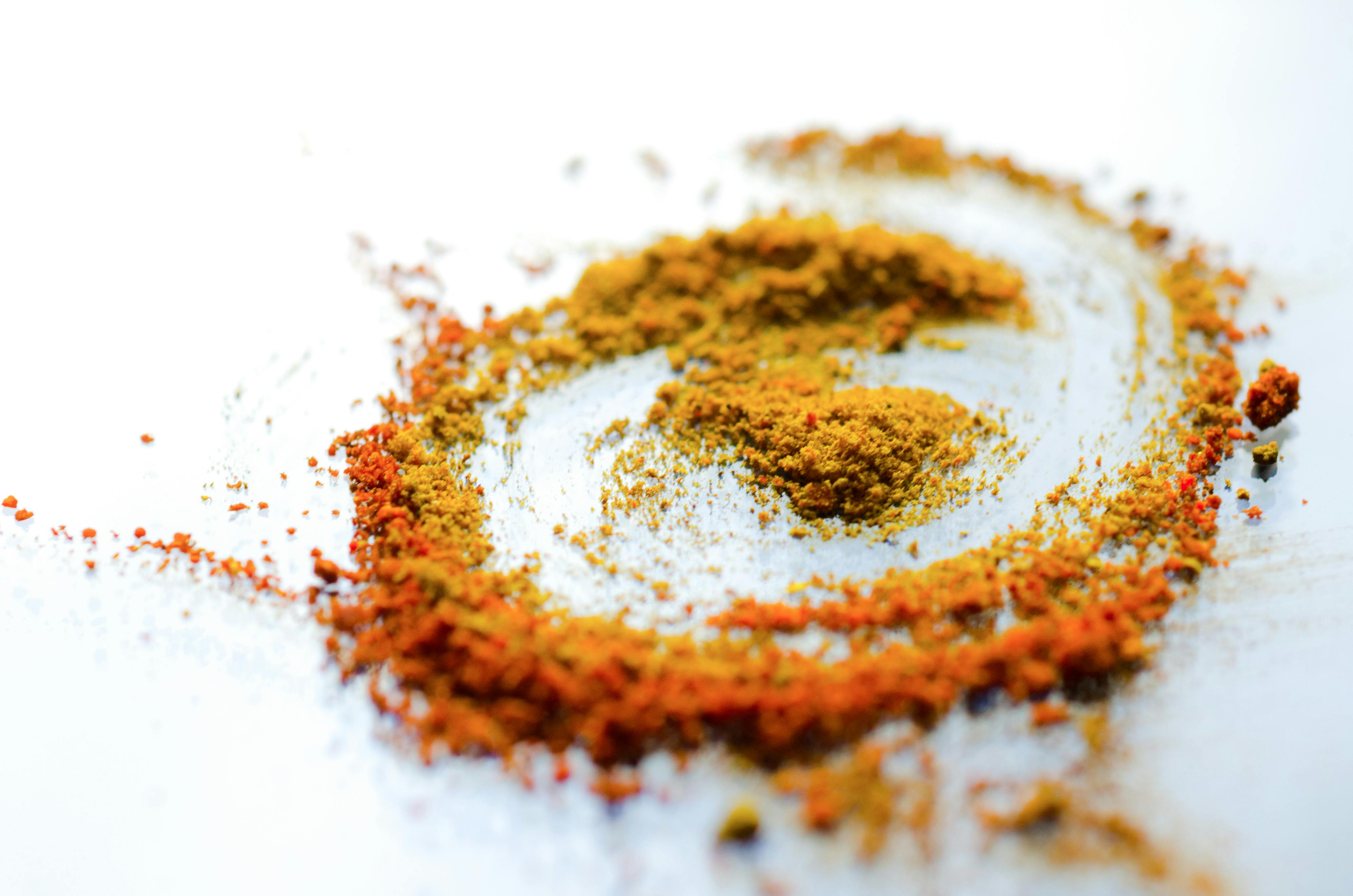
Turmeric, famed for its bright yellow hue, contains the active compound curcumin, which provides a dual benefit: it's a potent anti-inflammatory agent and a powerful, though unconventional, prebiotic. Studies show that curcumin is poorly absorbed by the small intestine, meaning a large portion reaches the colon intact. Once there, it is fermented by beneficial bacteria (like certain species of Bifidobacterium) which thrive on it. This fermentation not only supports their growth but also converts curcumin into highly bioavailable, anti-inflammatory metabolites. Use a quarter-teaspoon of turmeric powder in curries, scrambled eggs, or a daily "golden milk" latte. Pairing it with a pinch of black pepper enhances this process.
31. Caraway Seeds: The Digestive and Fiber Duo
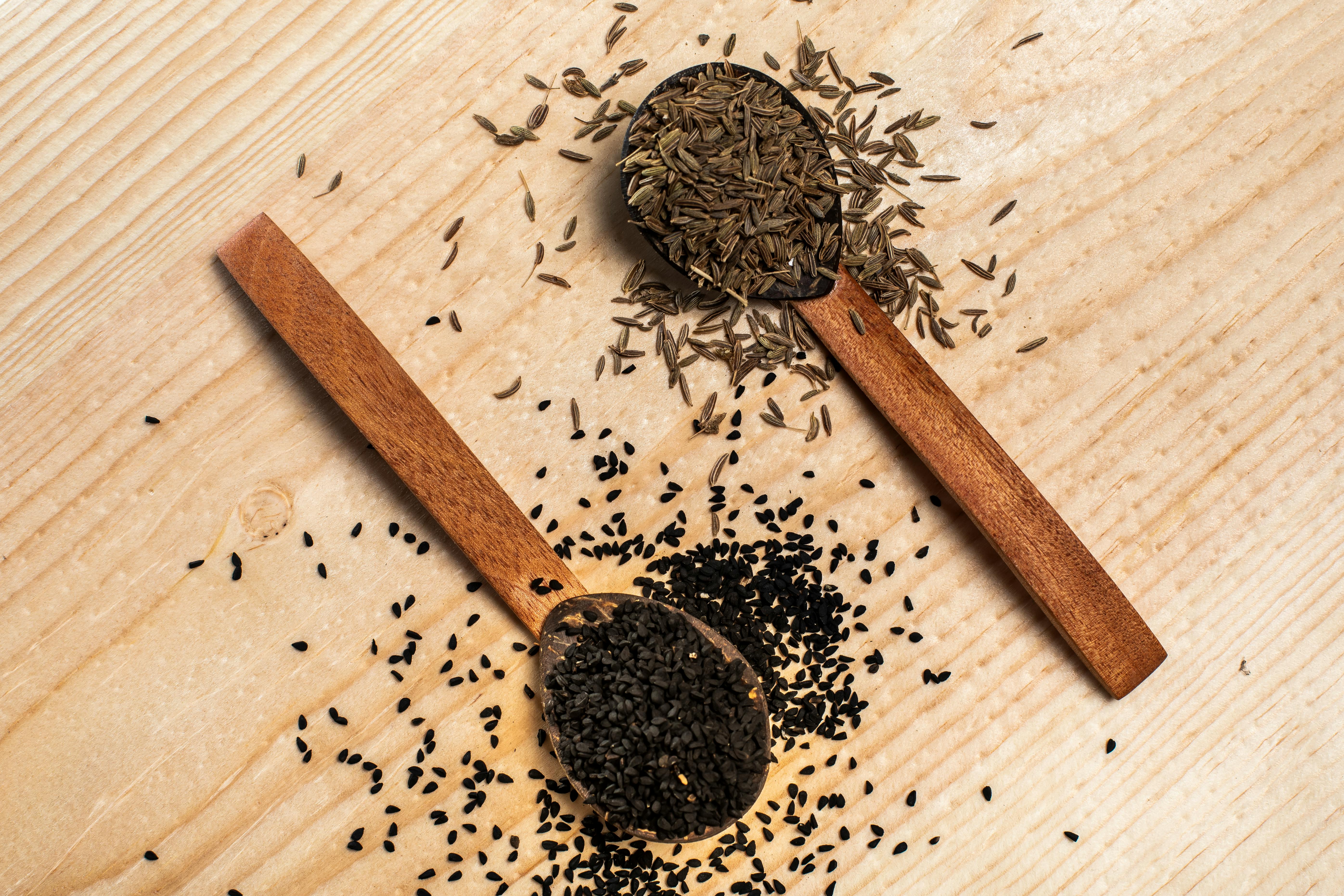
Caraway seeds, often found adding flavor to rye bread or cabbage dishes, are rich in both fiber and unique essential oils that work together to soothe the gut while feeding it. They contain significant non-starch polysaccharides that function as potent prebiotics, promoting the growth of beneficial bacteria and aiding regular transit. Crucially, caraway oil contains carvone, a compound known to relax the smooth muscles of the digestive tract, which can help minimize the gas and bloating often associated with increasing fiber intake. This makes caraway an excellent addition for those starting a high-fiber diet, as it delivers a concentrated prebiotic boost while simultaneously easing the fermentation process. Try sprinkling seeds on roasted vegetables or using them in homemade spice blends.
32. Mushrooms: The Fungal Fiber Network
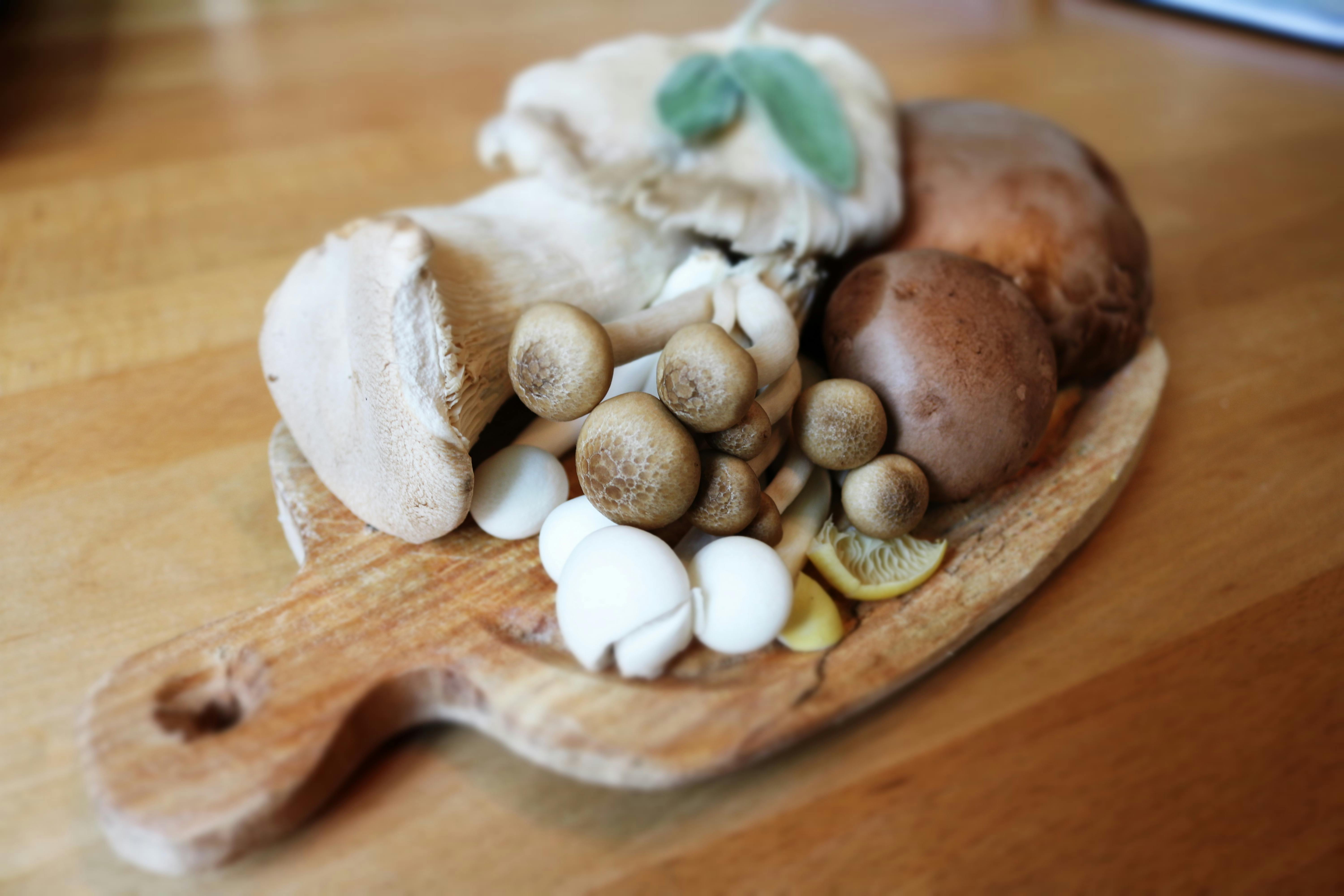
While often treated as vegetables, mushrooms belong to a unique kingdom of nutrition and offer a distinct prebiotic fiber profile found nowhere else in the produce aisle: chitin and fungal beta-glucans. Unlike typical plant fibers, these fungal cell walls interact directly with the gut-associated immune system (GALT), helping to modulate immunity while selectively feeding beneficial bacteria species. Varieties like Shiitake and Maitake are potent, but even the humble white button mushroom is effective. To unlock their full potential, always cook your mushrooms; heat breaks down their tough exterior, making these specialized fibers more accessible to your microbiome while releasing their rich, savory flavor.
33. Raw Potato Starch: The Purest Resistant Starch Source
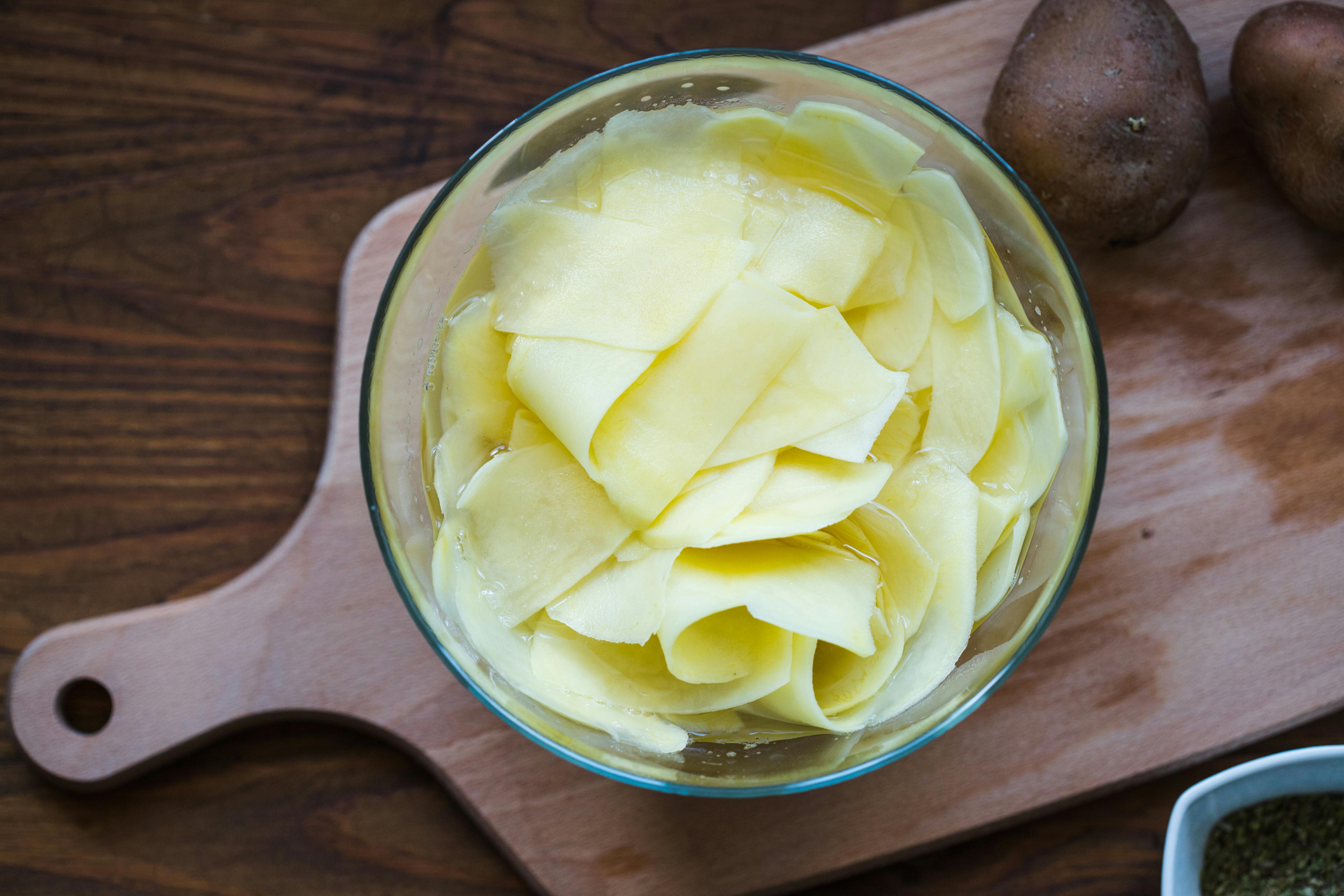
Raw potato starch is arguably the most potent, concentrated source of Type 2 Resistant Starch (RS2) available on the market, setting it apart from cooked and cooled starches. Unlike the whole foods on this list, this simple, white powder is 70% pure resistant starch that bypasses all digestion in the small intestine. This makes it an incredibly effective food source for butyrate-producing bacteria in the colon, which are vital for reducing inflammation and maintaining the gut barrier integrity . Since it is consumed raw, the starch granules remain intact, ensuring maximal resistance to digestive enzymes. You can mix one or two tablespoons into a glass of cold water, a smoothie, or sprinkle it over cold yogurt. Importantly, do not heat it, as cooking will destroy the resistance. This tasteless, easily incorporated powder provides a powerful, targeted way to rapidly boost your RS2 intake.
34. Inulin Powder (Pure Fructan Fiber)

Inulin powder, commonly derived from chicory root but available as a pure supplement, is a concentrated, potent source of fructans—a specific type of carbohydrate that functions as a highly selective prebiotic. This isn't a whole food, but its targeted action is unique and highly beneficial. It bypasses the small intestine almost entirely, providing a feast for beneficial bacteria, particularly Bifidobacteria, in the colon. This selective feeding rapidly boosts the production of short-chain fatty acids (SCFAs) like butyrate, which is crucial for reducing inflammation and maintaining the integrity of the gut lining. Because it has a neutral taste and dissolves easily, it’s often used as an invisible fiber boost in coffee, smoothies, or baking. However, due to its high fermentability, those with sensitive guts should start with just a quarter of a teaspoon and increase slowly to prevent gas or bloating. This pure form offers maximal prebiotic efficiency.
35. Cashews: The Oligosaccharide-Rich Nut
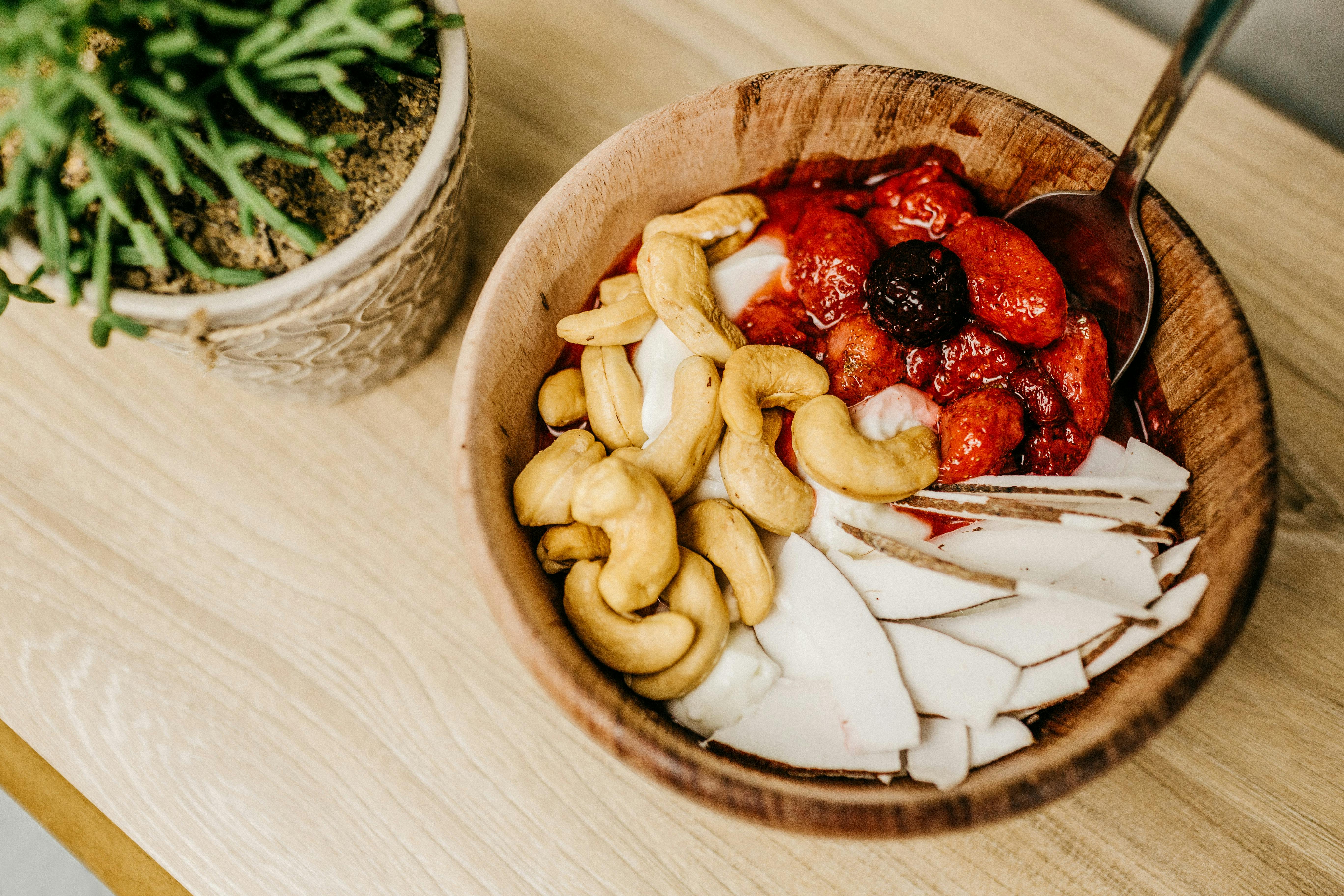
While most nuts are primarily known for healthy fats and protein, cashews stand out as a surprising source of galactooligosaccharides (GOS), a type of prebiotic fiber often associated with legumes. Research has identified that cashews contain a specific concentration of these GOS molecules that resist digestion in the upper gut, allowing them to reach the colon to be fermented by beneficial bacteria. This selective feeding mechanism supports a diverse microbiome and has been linked to improved gut transit. Cashews also provide important minerals like copper and magnesium. Enjoy them raw or roasted as a snack, or blend them into creamy, dairy-free sauces and dressings. Remember that a small serving of cashews is a simple, delicious way to introduce a unique type of prebiotic fiber into your daily routine.
Your Personalized Gut Health Journey Starts Today

The journey to better gut health is one of small celebrations and gradual progress, not pressure. Whether you’re adding one new food or exploring new recipes with a friend, remember that each meal is a gentle step toward vibrant energy, better digestion, and a sense of well-being at any age. Let your curiosity lead you, your tastebuds delight you, and your healthy gut carry you through life’s everyday adventures. Your journey starts with a single, nourishing choice—today.